Nombre:
Canal Forth y Clyde
Otro:
Localización:
Récord: 56 km
Tipo: Canales
Categoría:
Foto:
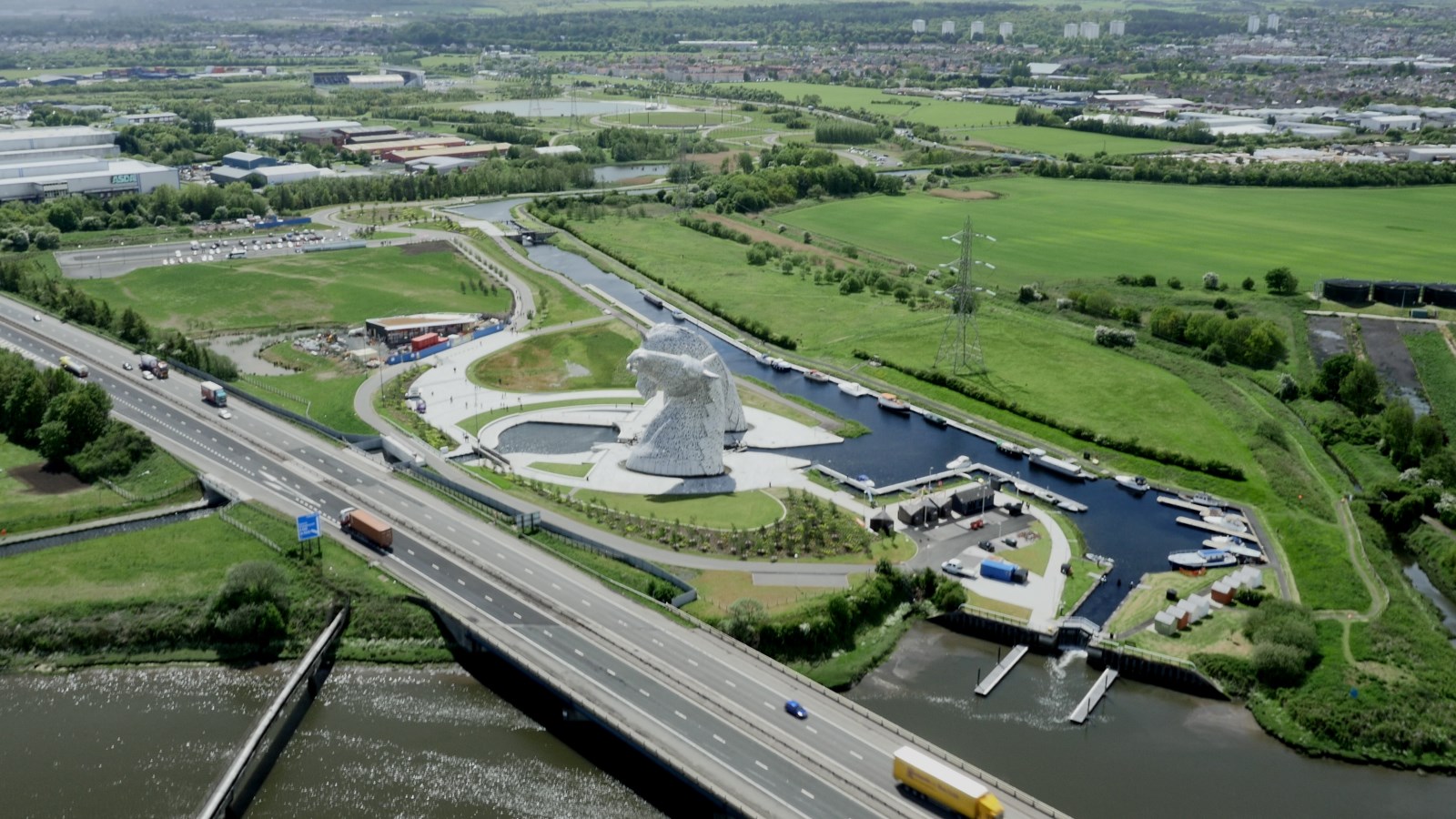
Voto:
Continente: Europa
País: Reino Unido
Localización: Estuario del río Forth y el estuario del Clyde, Escocia
Año: 1768-1790
Estado: Terminado
Descripción:El canal Forth y Clyde (en inglés Forth and Clyde Canal) cruza Escocia, proporcionar una ruta para la navegación marítima entre el estuario del río Forth y el estuario del Clyde en la parte más estrecha de las Tierras Bajas de Escocia. El canal tiene 56 kilómetros de largo y su extremo este está conectado al río Forth por un corto tramo del río Carron cerca de Grangemouth.
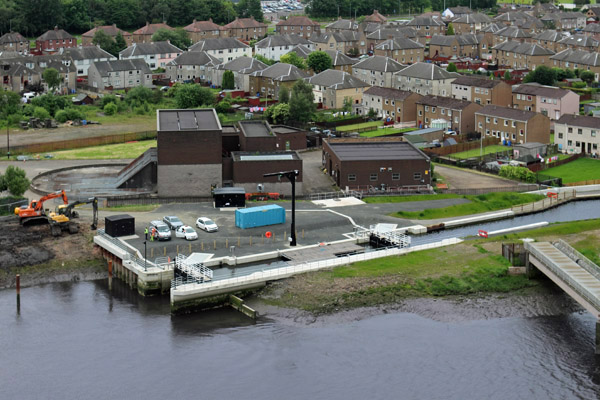
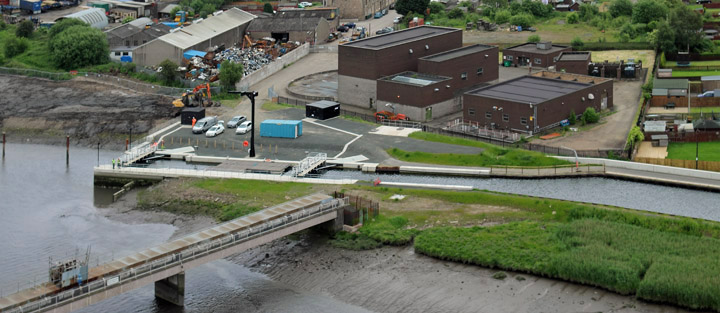
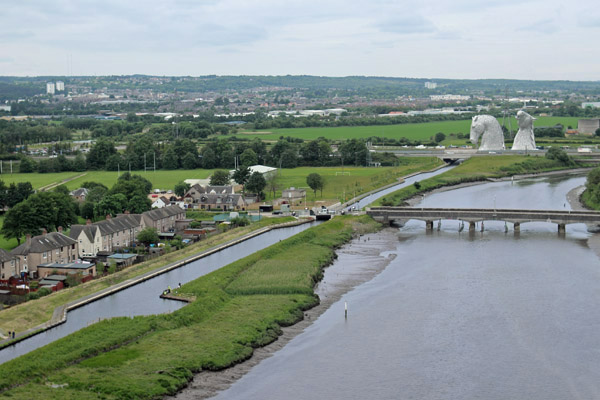
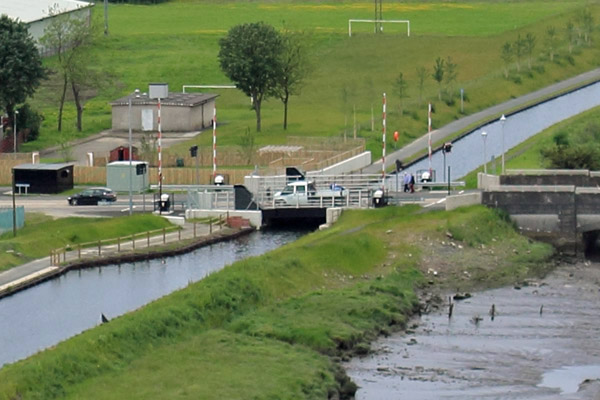
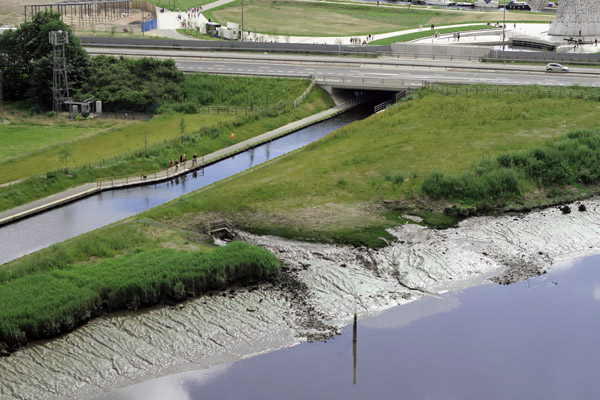
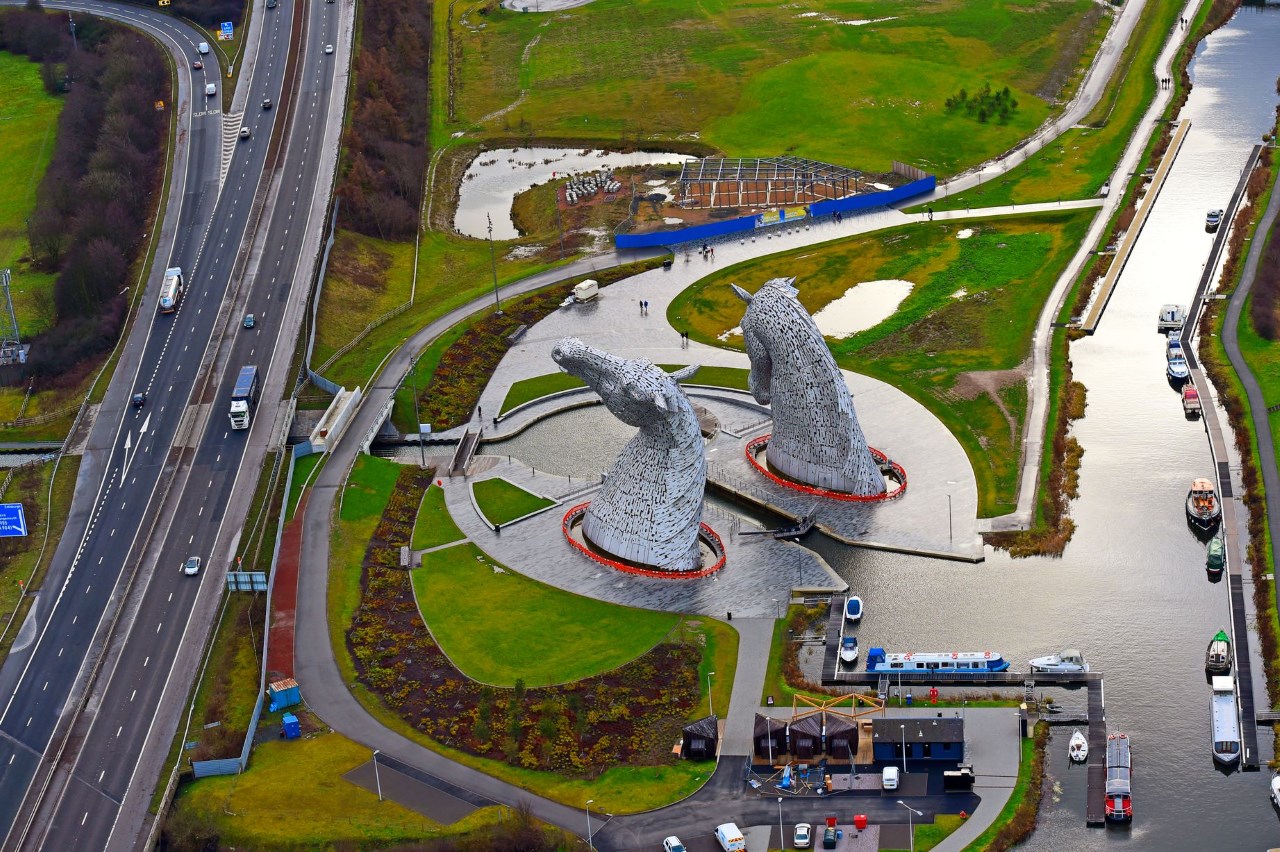
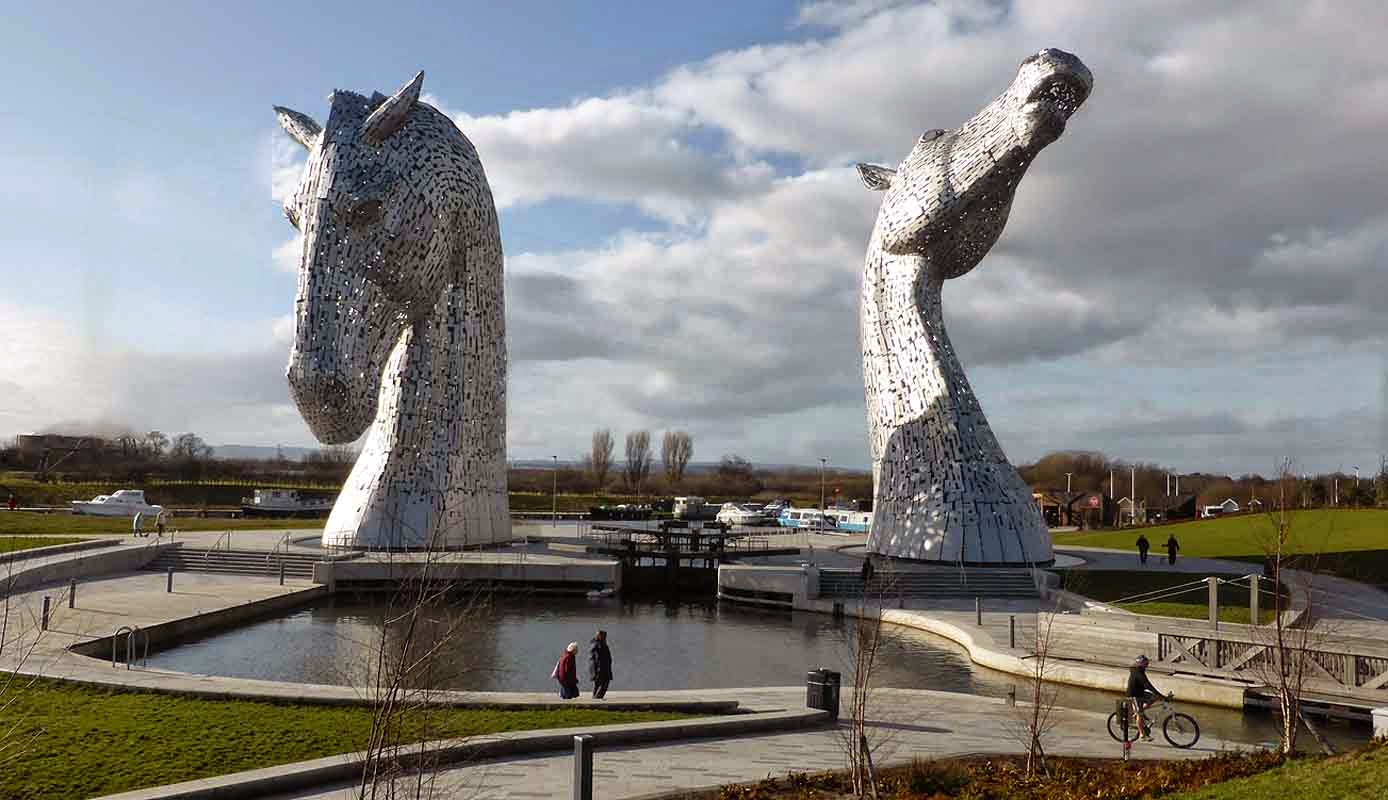
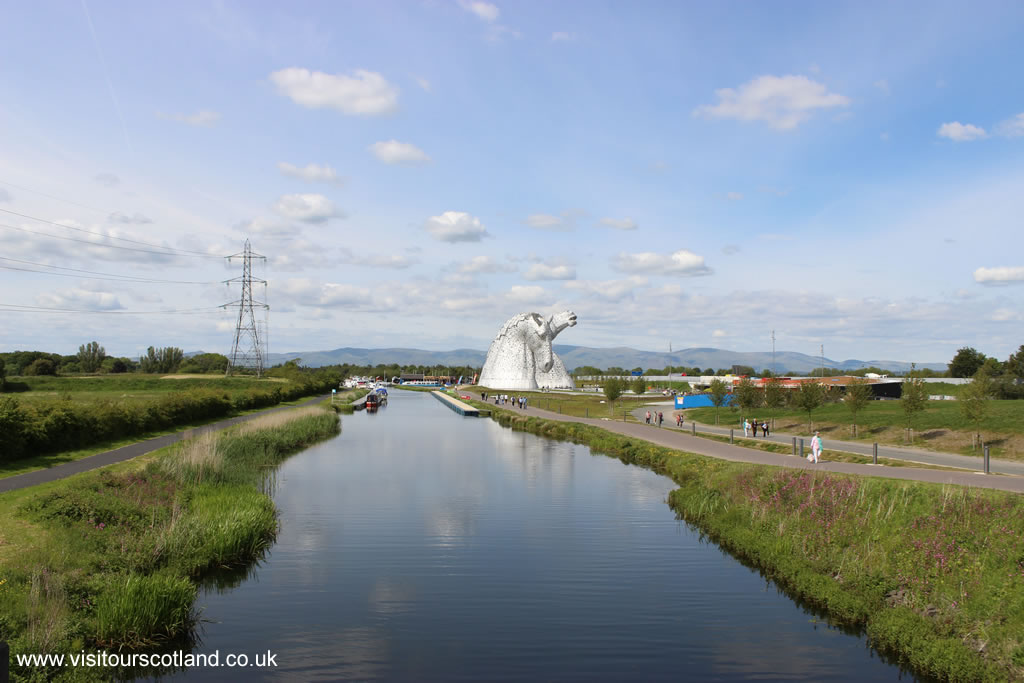
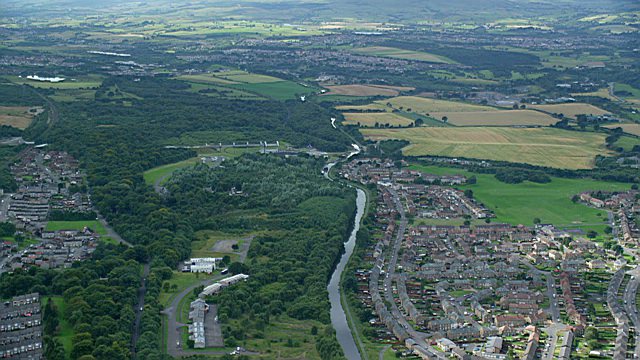
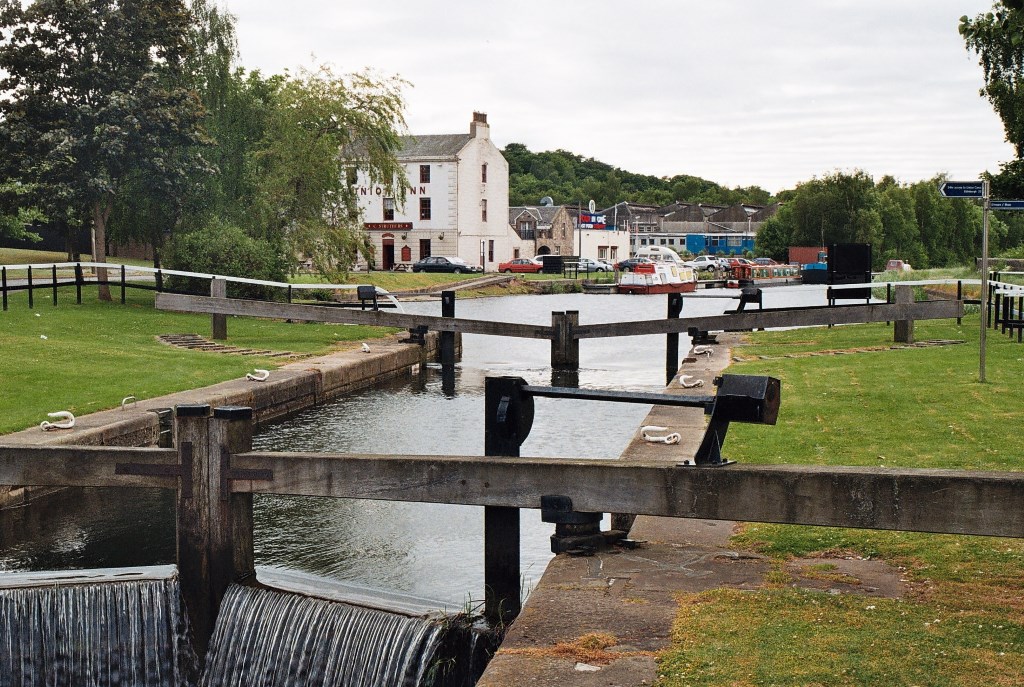
La mayor sección del canal pasa cerca de Kilsyth y es alimentado por un acueducto que recoge el agua de embalse Birkenburn (construido para ese propósito) en las colinas Kilsyth, almacenada en otro lago artificial, también construido a propósito, llamado Townhead near Banton, desde donde se alimenta el canal a través de un alimentador del burn Shawend cerca de Craigmarloch. El canal continúa más allá de Twechar, a través de Kirkintilloch y Bishopbriggs a Maryhill, área al norte de la ciudad de Glasgow. Un ramal a Port Dundas fue construido para garantizar el acuerdo y el apoyo financiero de los comerciantes de Glasgow que temían perder el negocio si el canal les evitaba por completo. El extremo occidental del canal se conecta con el río Clyde en Bowling.
En 1840, un corto canal de 0,8 km, el canal Forth y Cart fue construido para unir el canal Forth y Clyde, en Whitecrook, con el río Clyde, frente a la desembocadura del río Cart.
https://es.wikipedia.org/wiki/Canal_Forth_y_Clyde
https://en.wikipedia.org/wiki/Forth_and_Clyde_Canal
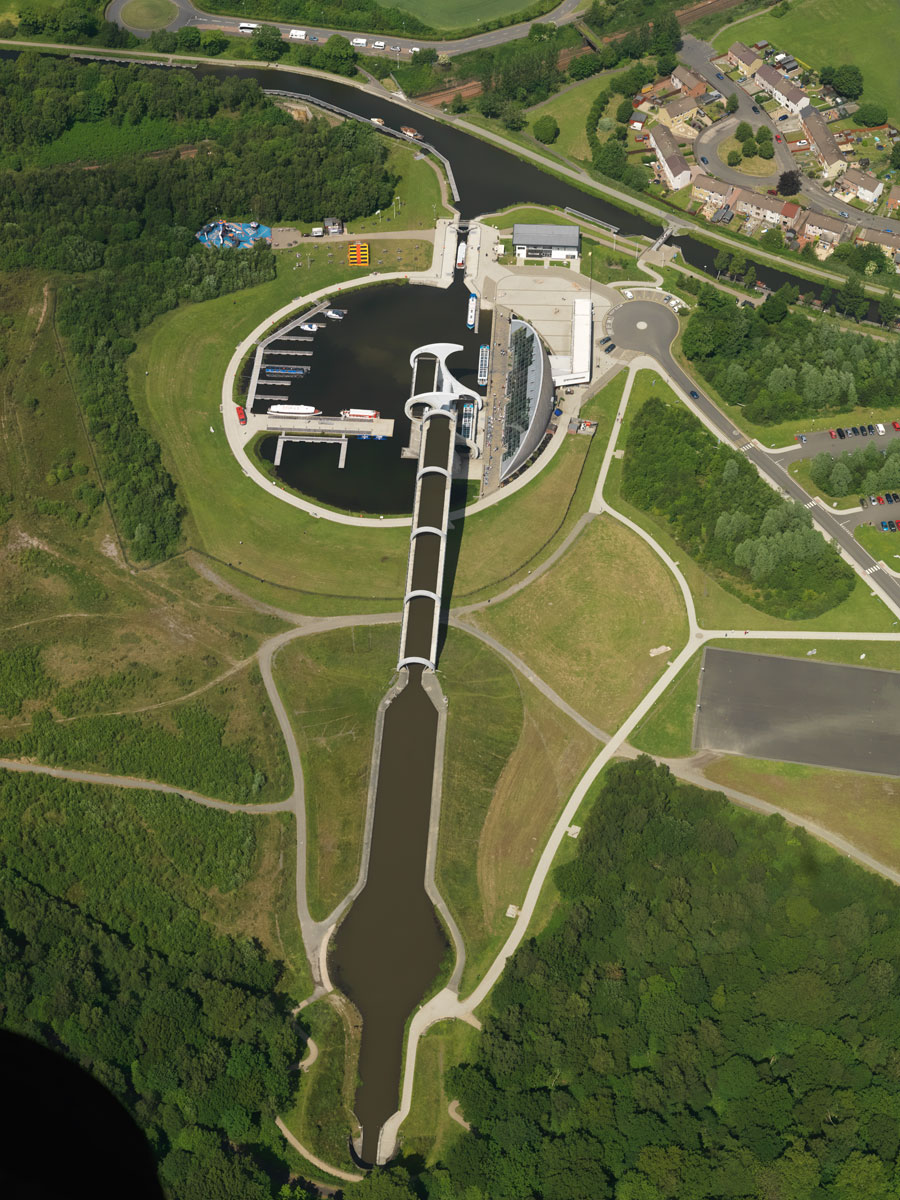
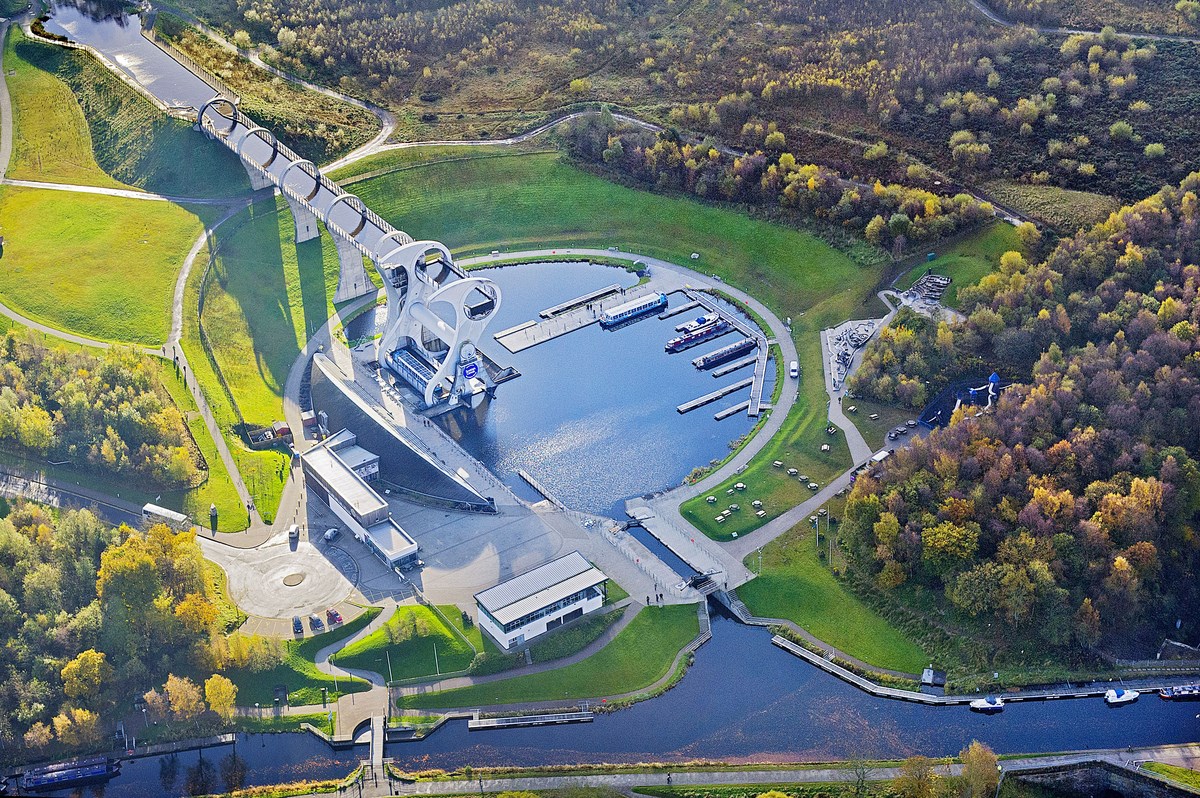
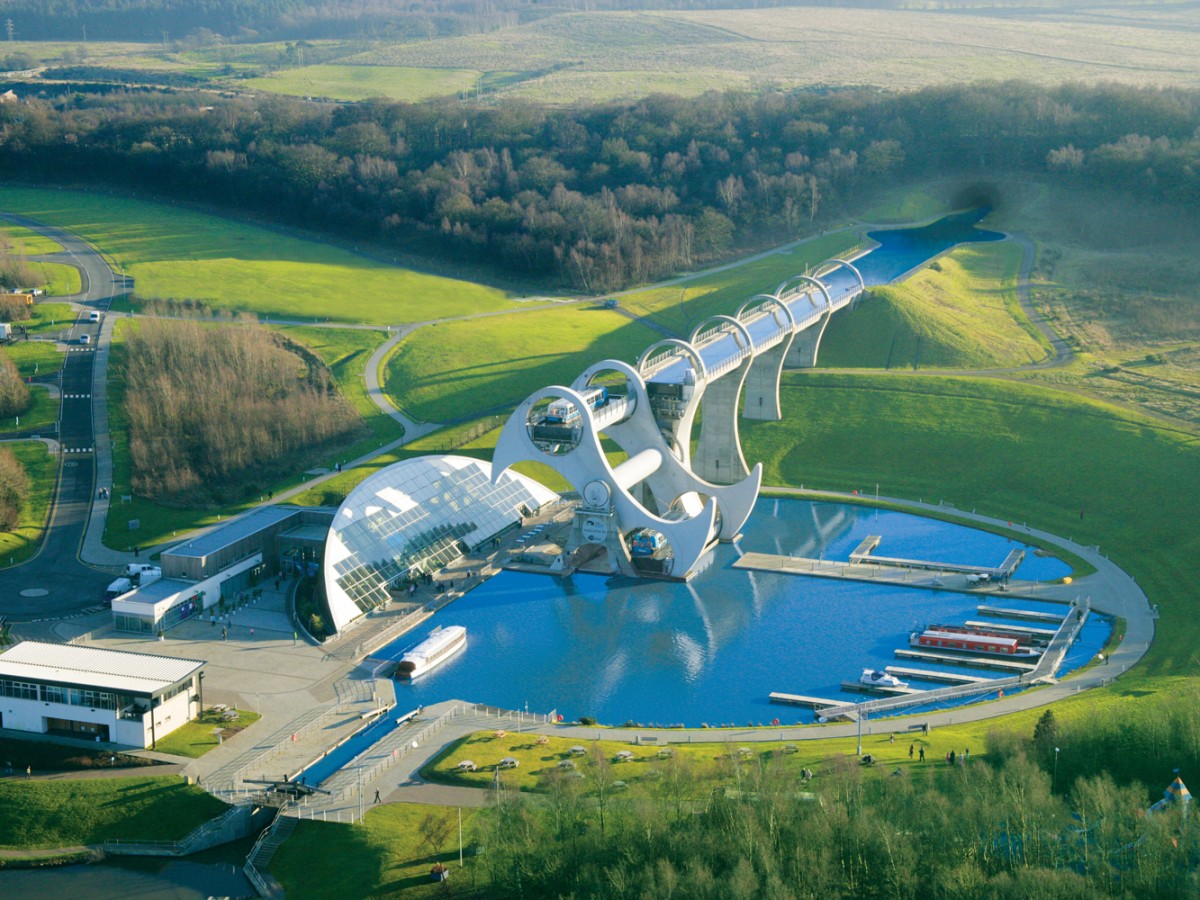

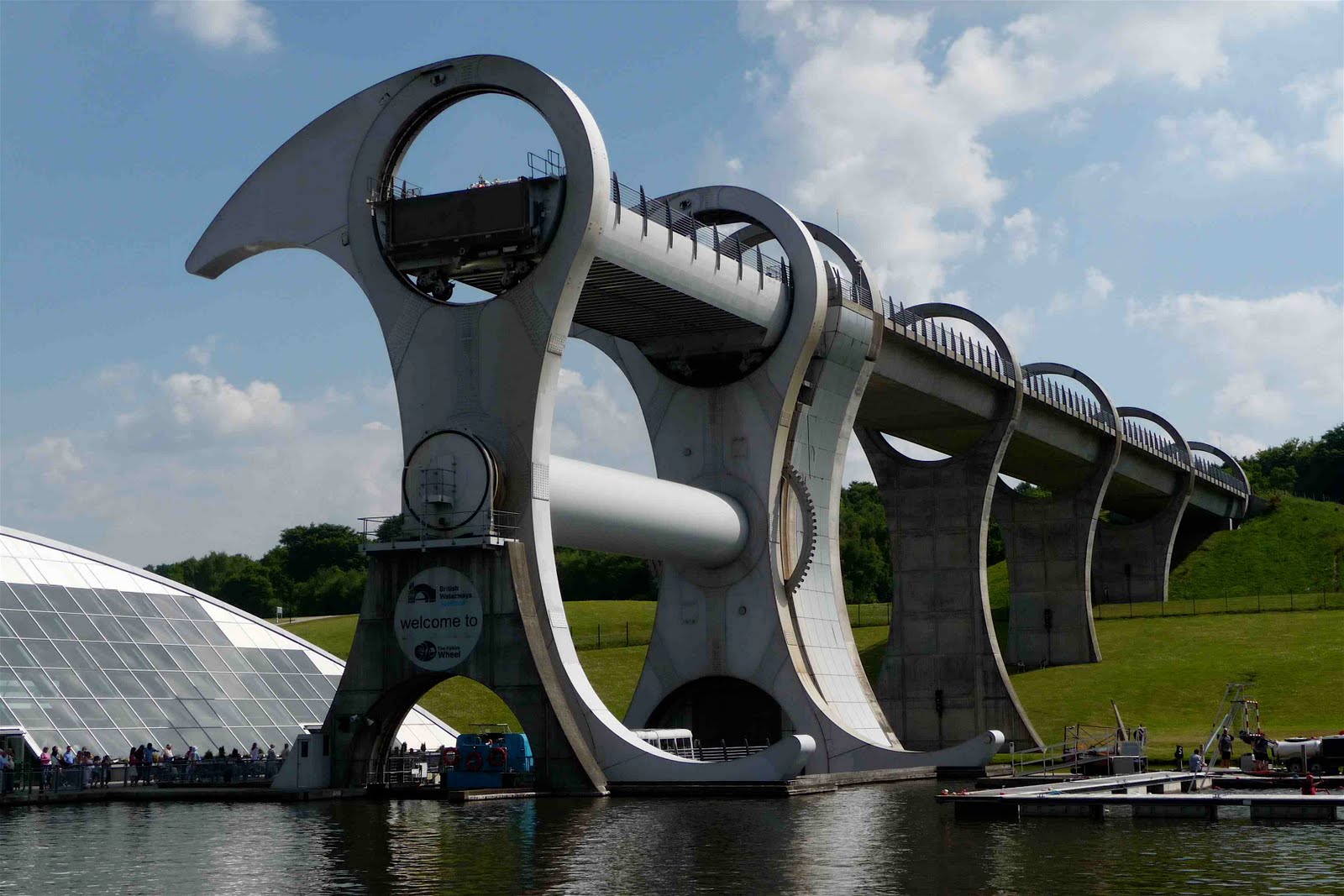
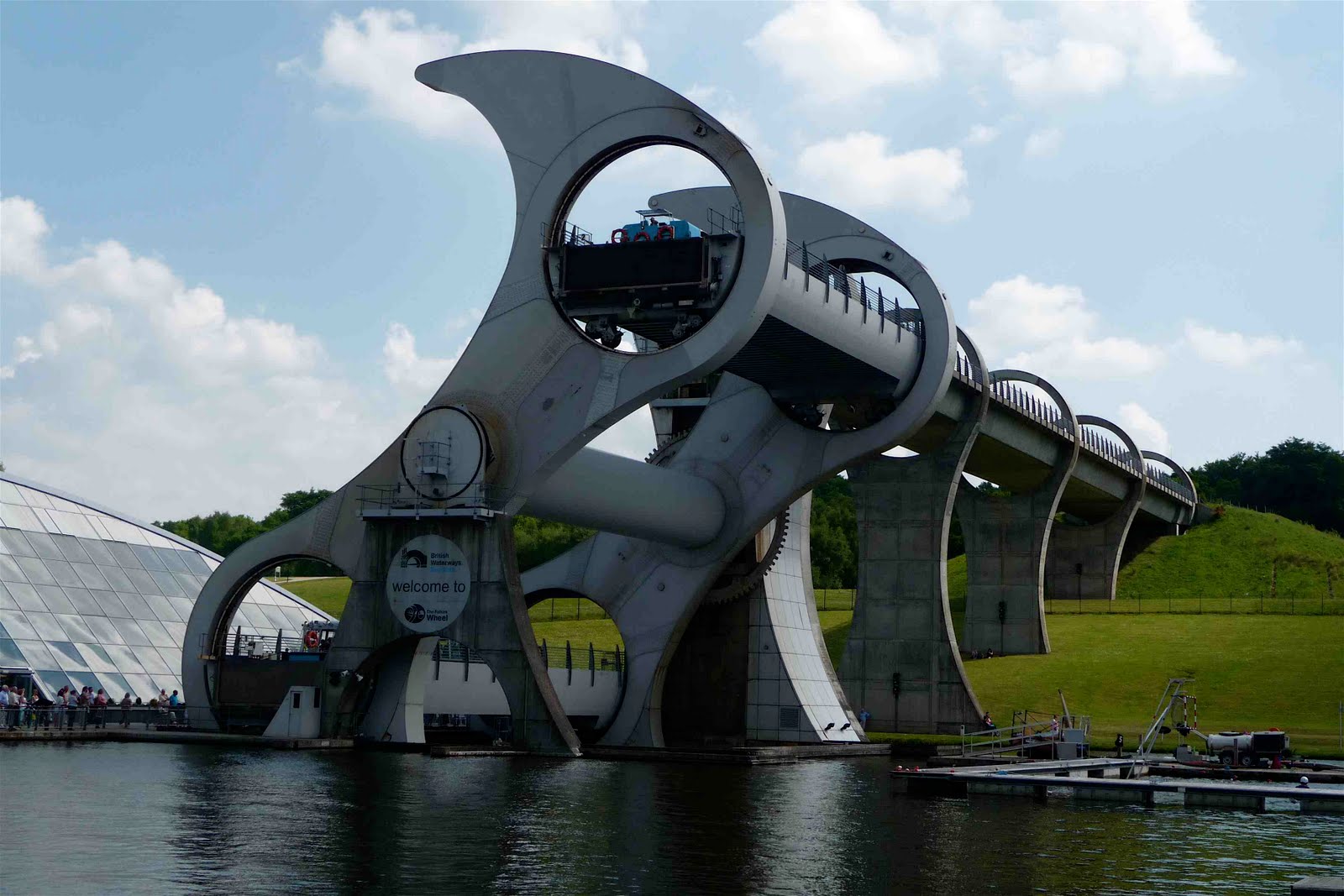
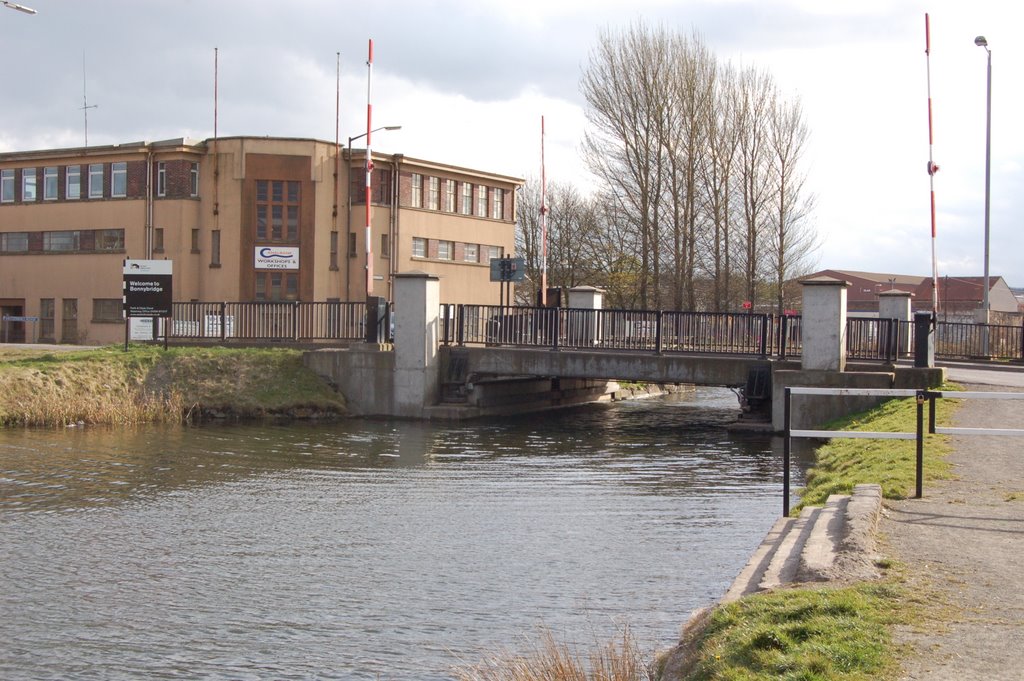
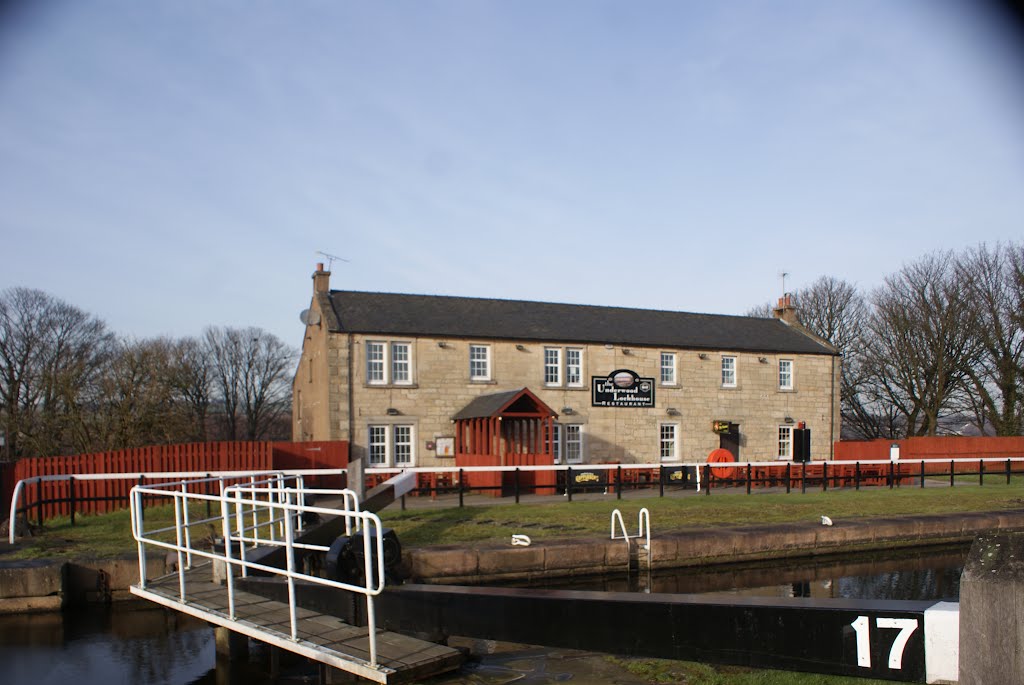
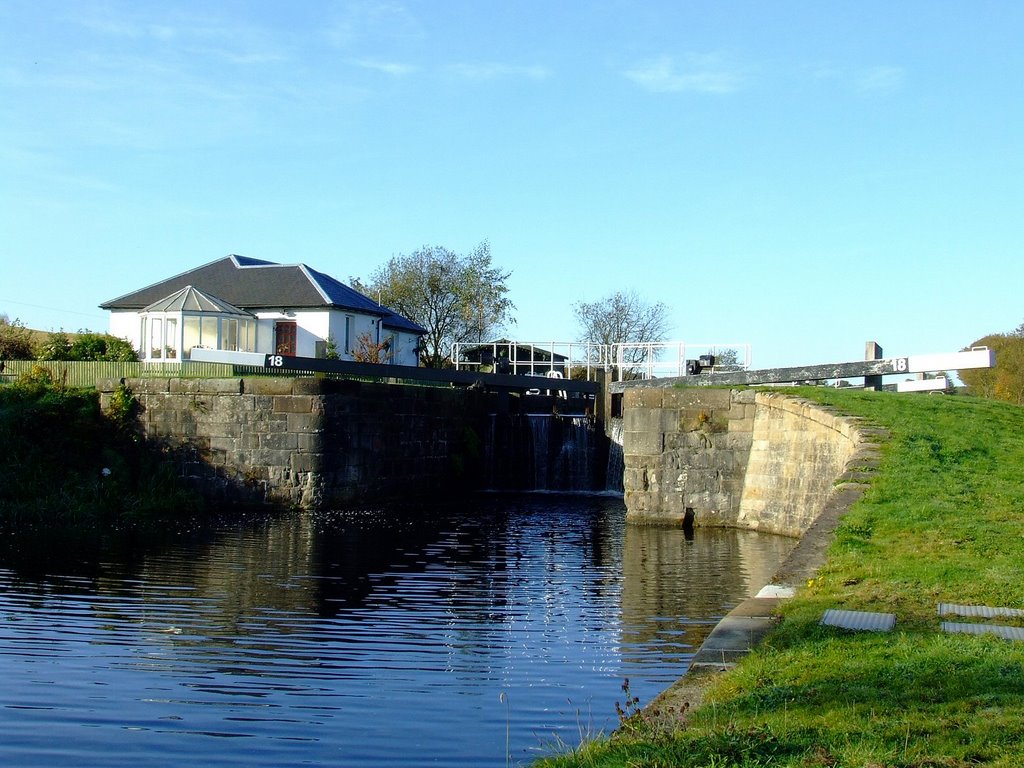

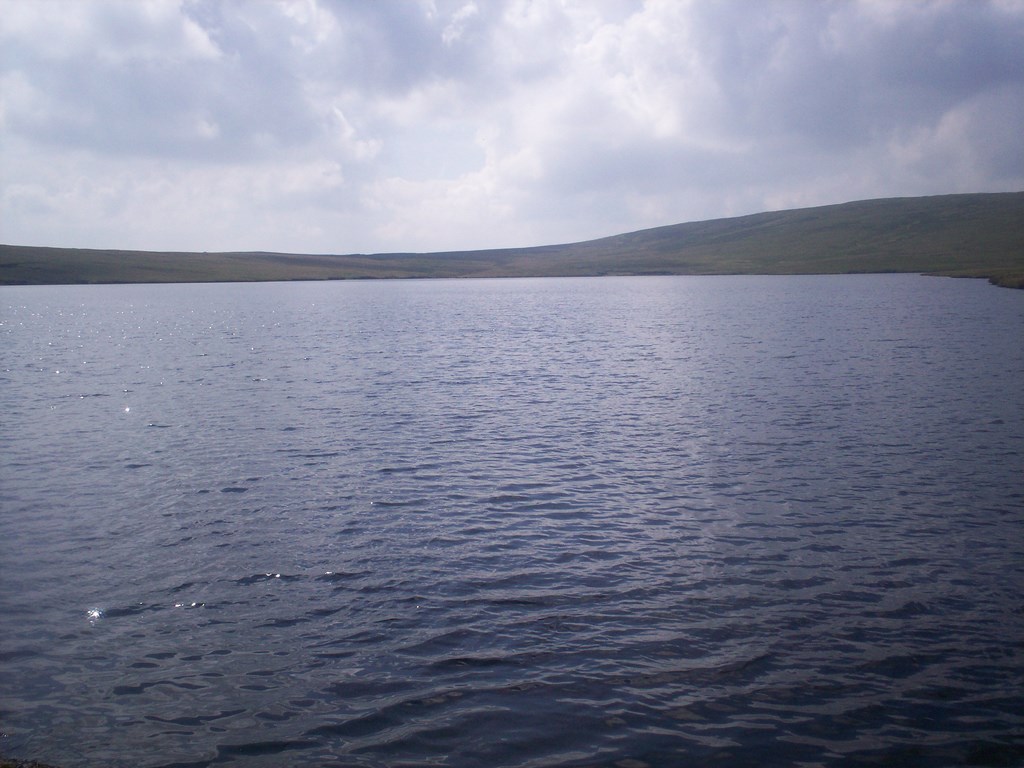
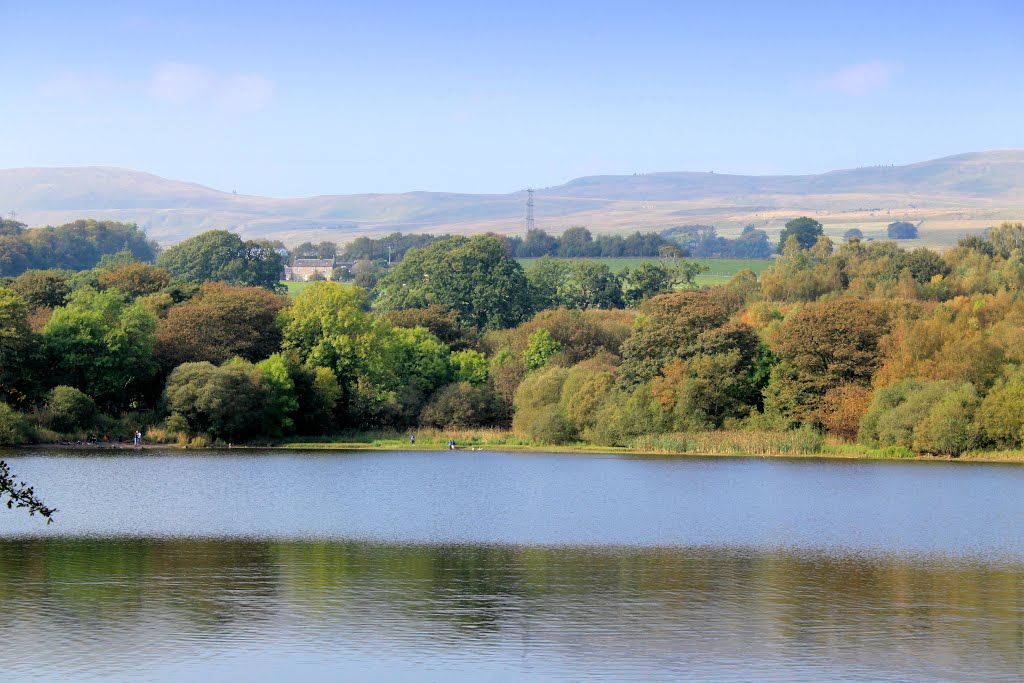
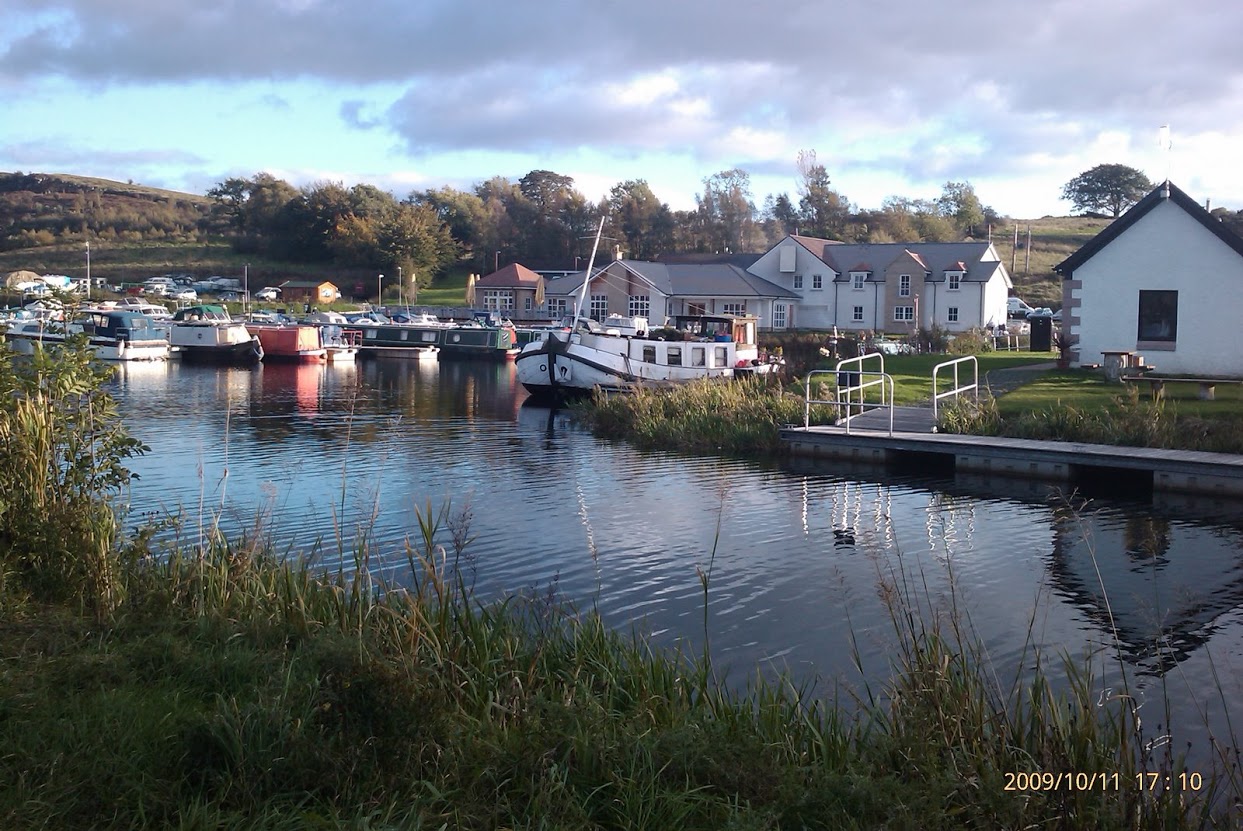
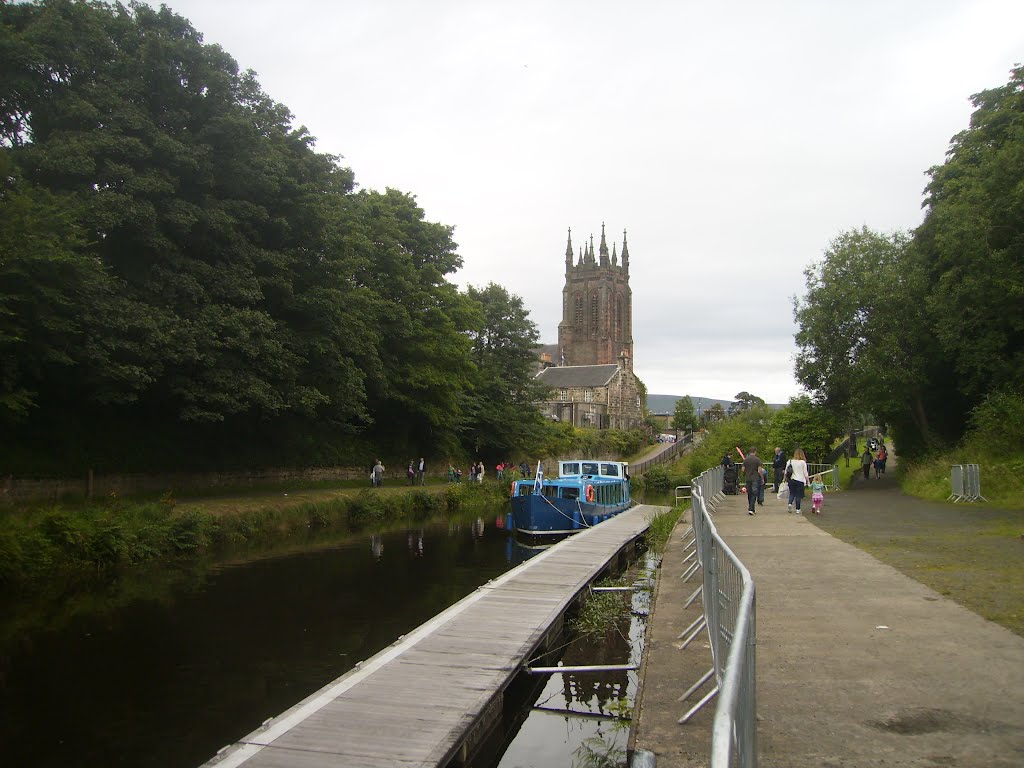
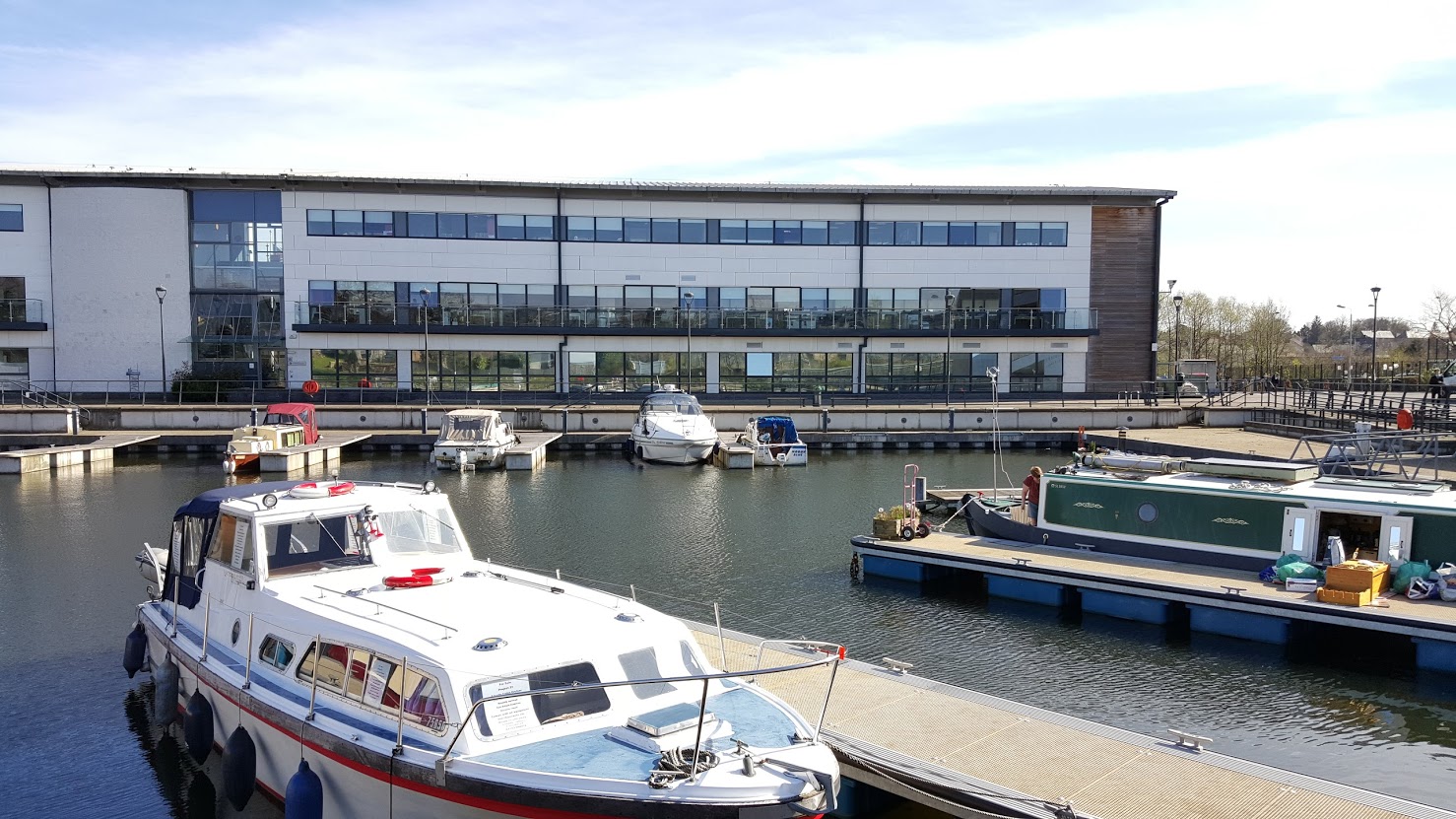
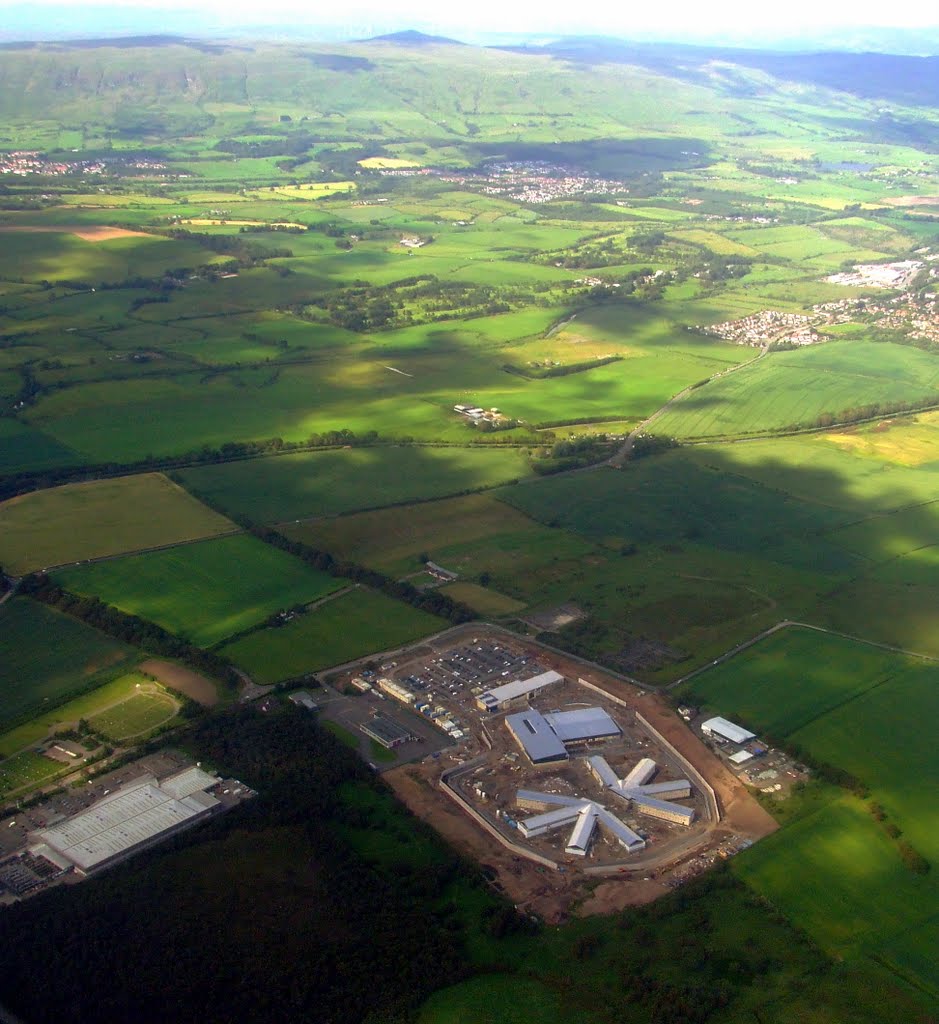
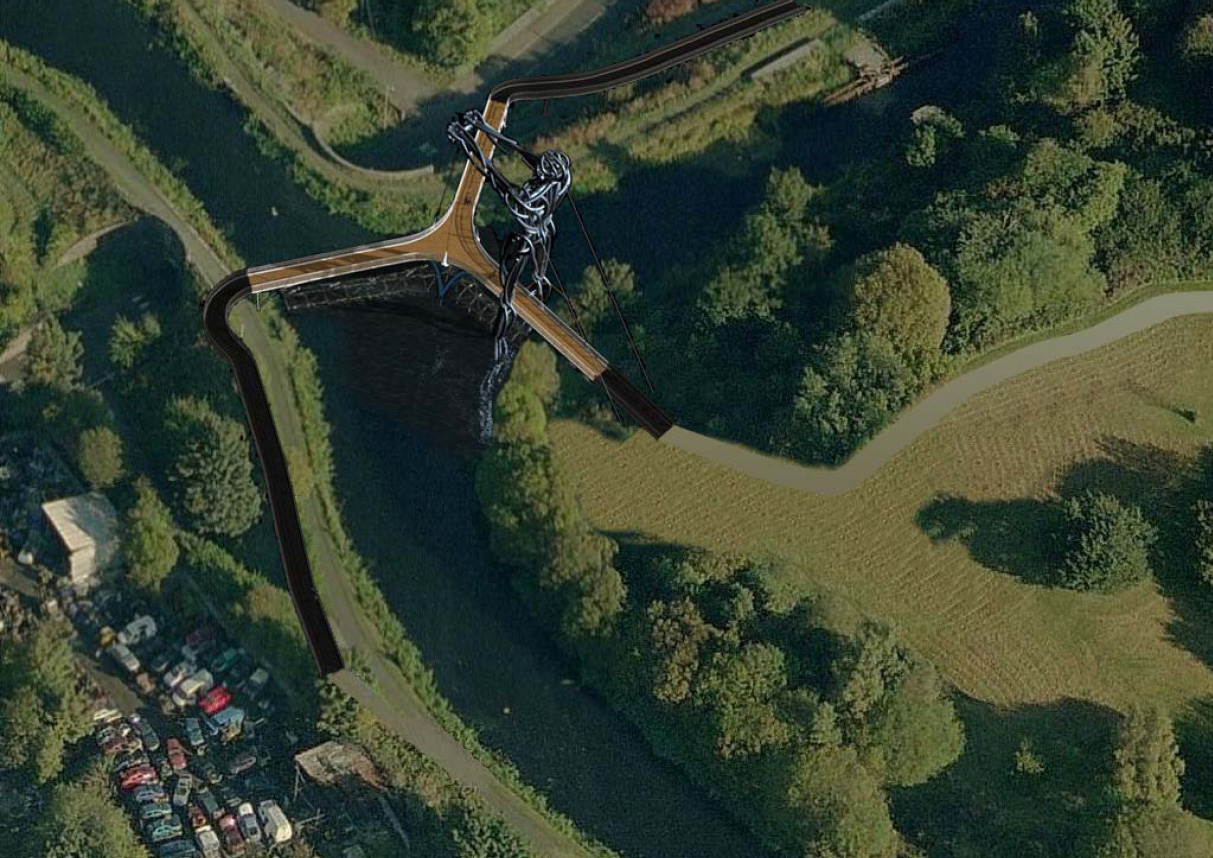
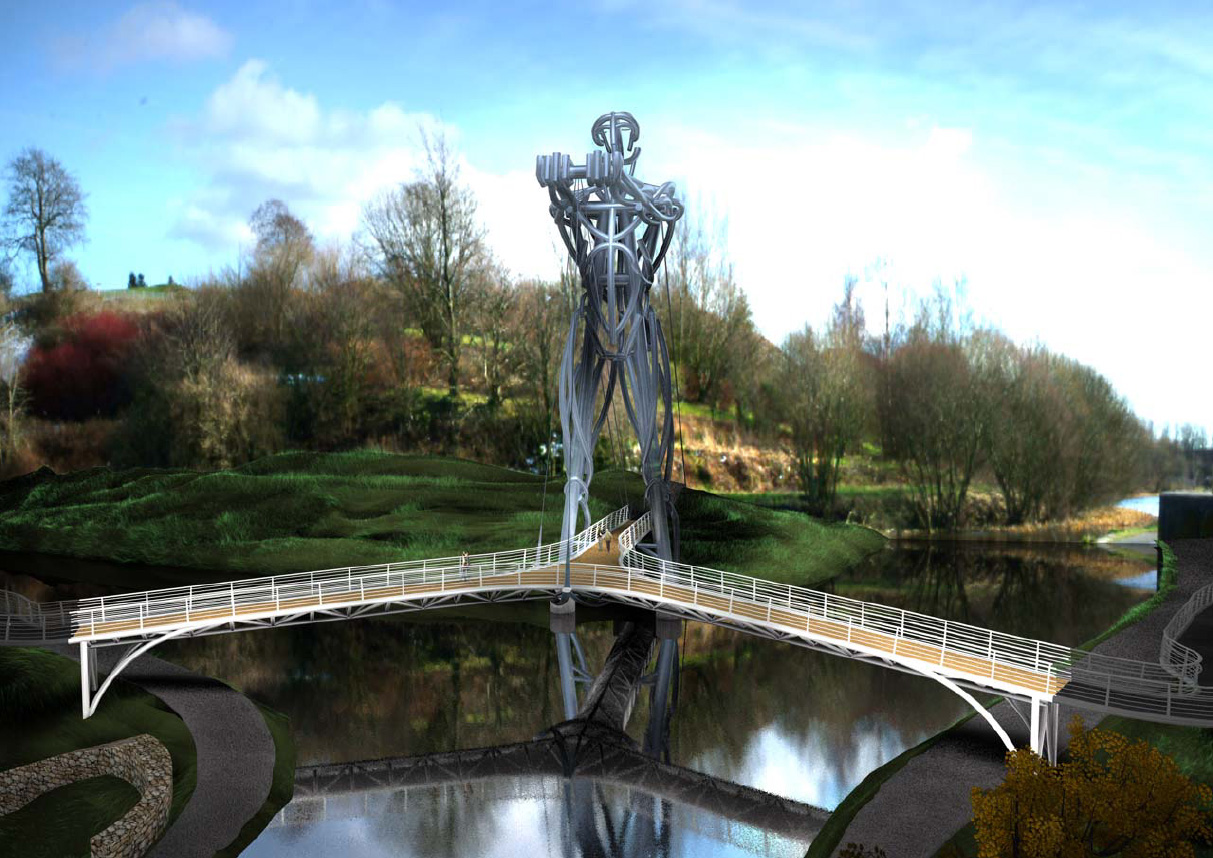
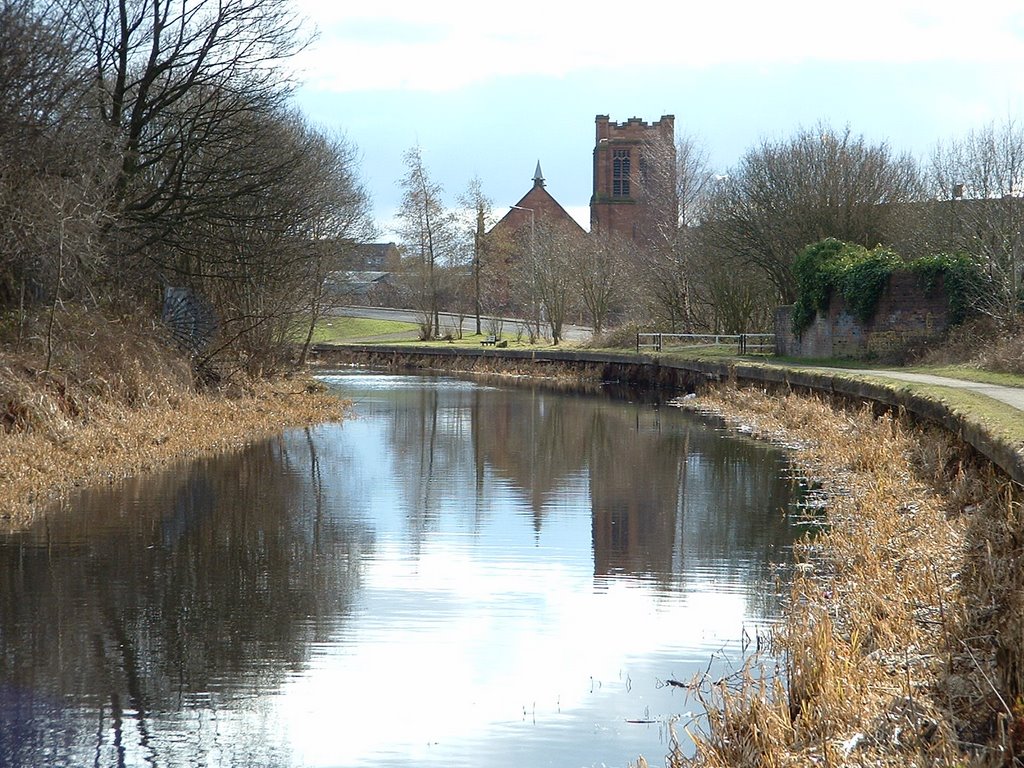
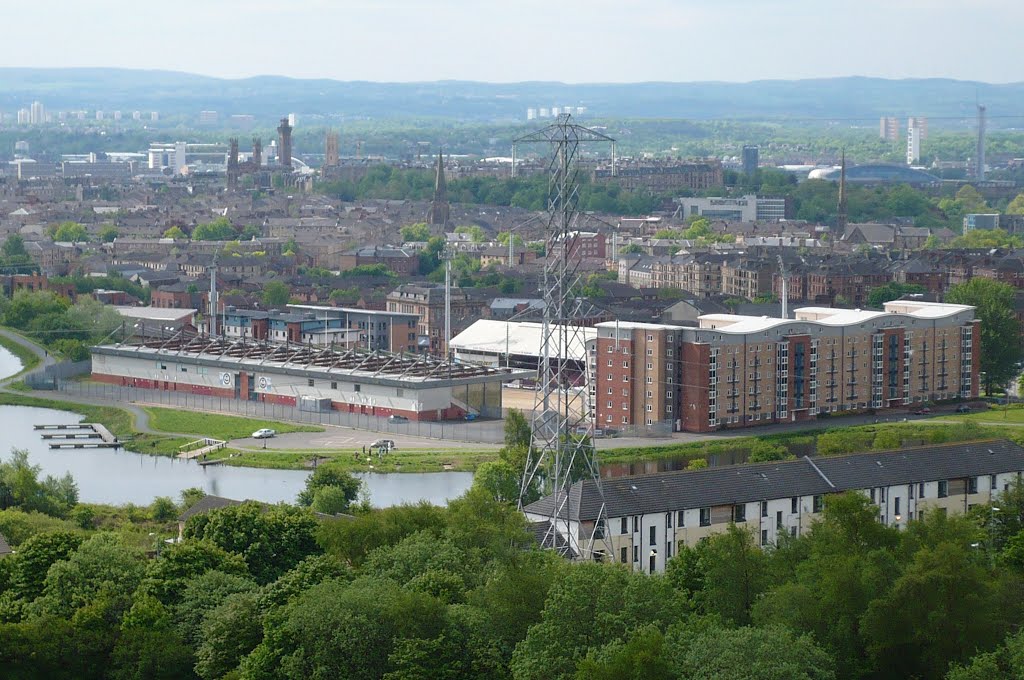
The Forth & Clyde Canal and Union Canal, the Scottish Lowland Canals
The reopening of these deep and wide Scottish Lowland Canals recreated a 69 mile waterway route running from City to City and Sea to Sea. The dimensions allow Northern European boats to make a journey similar to Scotland's other coast to coast canal, the Caledonian Canal.
The Forth and Clyde Canal; the assistance from the lottery has provided almost 40% of the costs of recovering from the decision (1963) to close this canal which halted regular sea-to-sea passage of herring fishing boats and many pleasure craft. This canal has big locks for small sea going craft (68 feet long x 20 feet wide). All major roads that cross it once permitted full mast headroom by using rolling or swing bridges and the minor roads used two leaf bascules. Many have been renovated although modern masts need some adjustment (2001).
In days of sail it was tempting to contemplate avoiding the trip around the Hebrides that had sunk the Spanish Armada. King Charles thought to make the connection for his warships (1650) and the final section from Glasgow to the Clyde was finished with the help of a Government loan (1784). The company owed much to the energy of its chief shareholder, Lord Dundas, who lived in London but whose estates surrounded the eastern end at Falkirk and Grangemouth. He encouraged many pioneering experiments. Charlotte Dundas, the first steam driven narrowboat (1788), pulled two other loaded narrowboats on a windy day (1803) from Lock 20 for 20 miles in 6 hours. Comet, the first commercial steamboat (1812), and Vulcan, the first iron hulled passenger boat (1818). Cyclops, a New Orleans style paddle boat (1830). They even tried hauling by a bank mounted locomotive for 1 mile above Lock 16 (1839). Following trials on the Paisley Canal supernarrow ‘swiftboats’ (pulled for 2 miles at a time by changing pairs of horses) were introduced (1831) and halved the journey time to Glasgow. Passenger services ran four times a day and even (1841) included nightly ‘sleeper’ services. They only stopped when railways bought out the service.
The Union Canal stretches from Edinburgh to Falkirk. Thirty two years after the Forth and Clyde Canal was open, Baird designed a contour canal from central Edinburgh to join with it at Falkirk. With thirty miles of lock free level towpath and making spectacular river crossings of Almond (5 arch aqueduct 420’ x 76’ high) Avon (12 arches 810’ long x 86’ high), and Water of Leith (8 arches 500’ x 75’ high) it finally dropped down a single flight of 11 locks to the top of the Forth & Clyde’s 16 lock flight leading east to Grangemouth, now replaced by the Falkirk wheel.
The Falkirk Wheel is now a significant landmark rising 115 feet (35m) into the air above the Carron valley. Although unique engineering, it has been also praised as a significant piece of sculpture. It has now been called become the Eighth Wonder of the Waterways. Two boat caissons on the end of curving arms balance each other so that the half-rotation to change levels will take about 11 minutes and use very little energy. At the beginning of each cycle each is at the level of one of the canals whilst boats enter and leave. The tiny motors then turn the precisely balanced wheels through 180° and when each has come to rest the boats are let out at the other canal level. A ride on this magnificent structure, which is served by a new section of canal, two aqueducts, and a 476ft (145m) tunnel, is possible on a special trip boat departing from the Exhibition and Visitor Centre. A round trip of about 40 minutes gives passengers the same panoramic views offered to boatowners.
http://www.canaljunction.com/canal/forth_clyde.htm
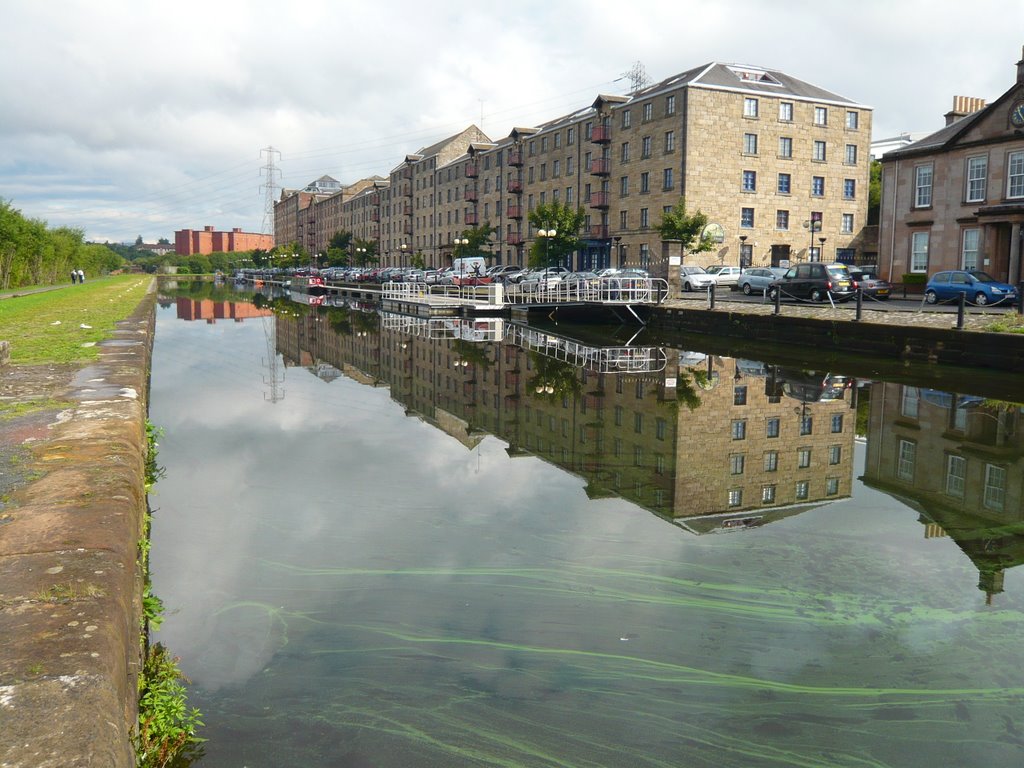
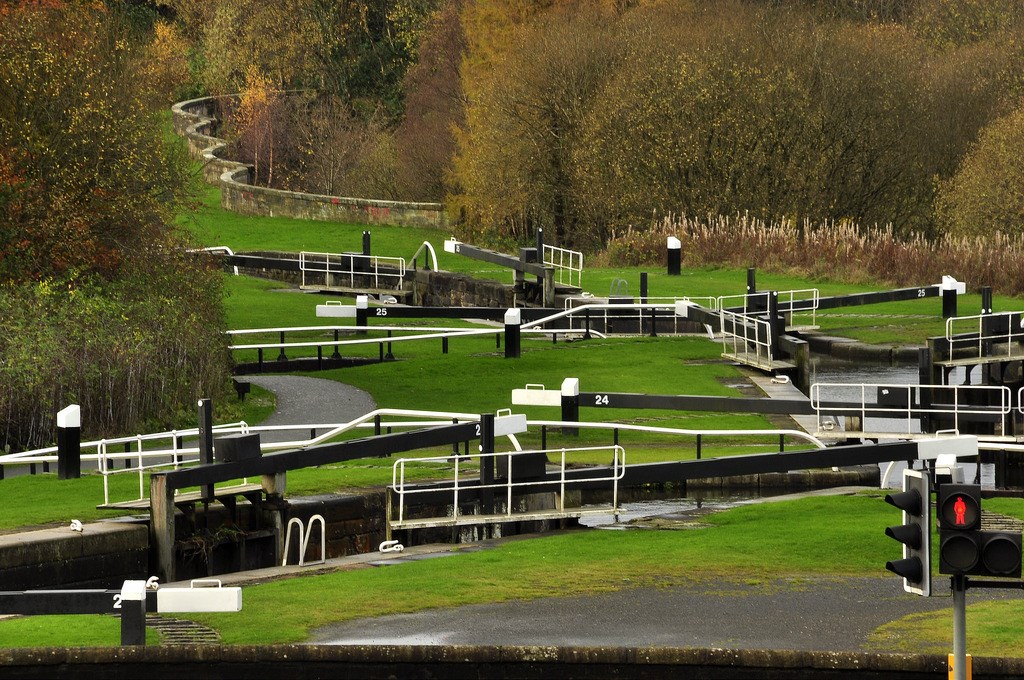
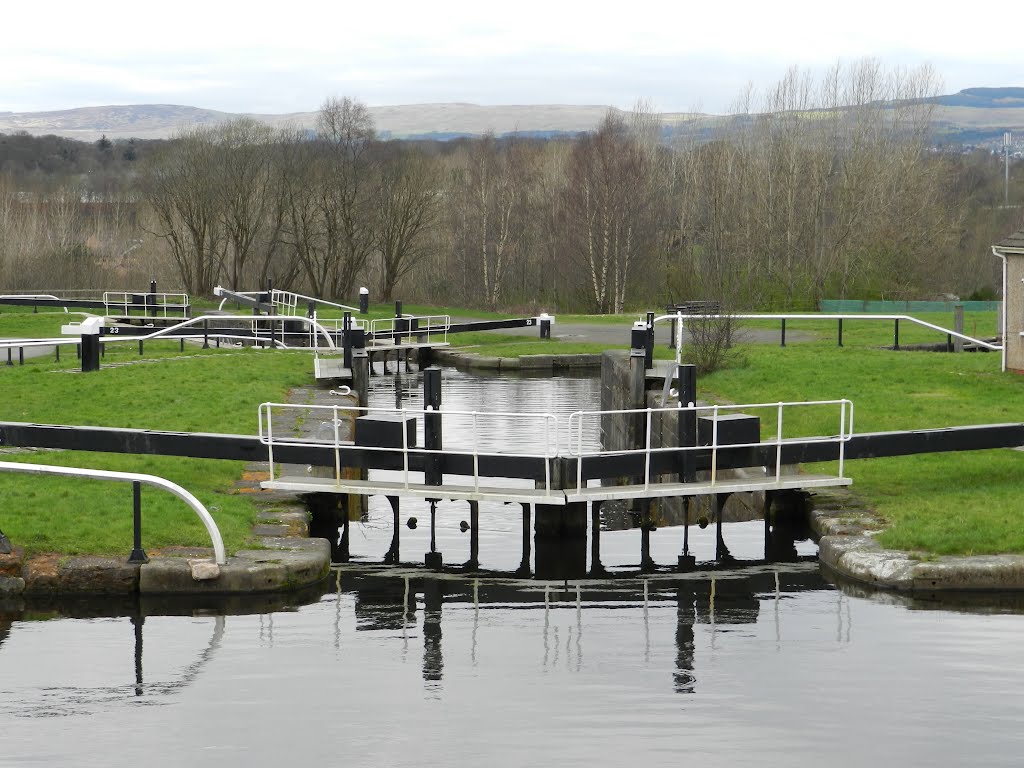
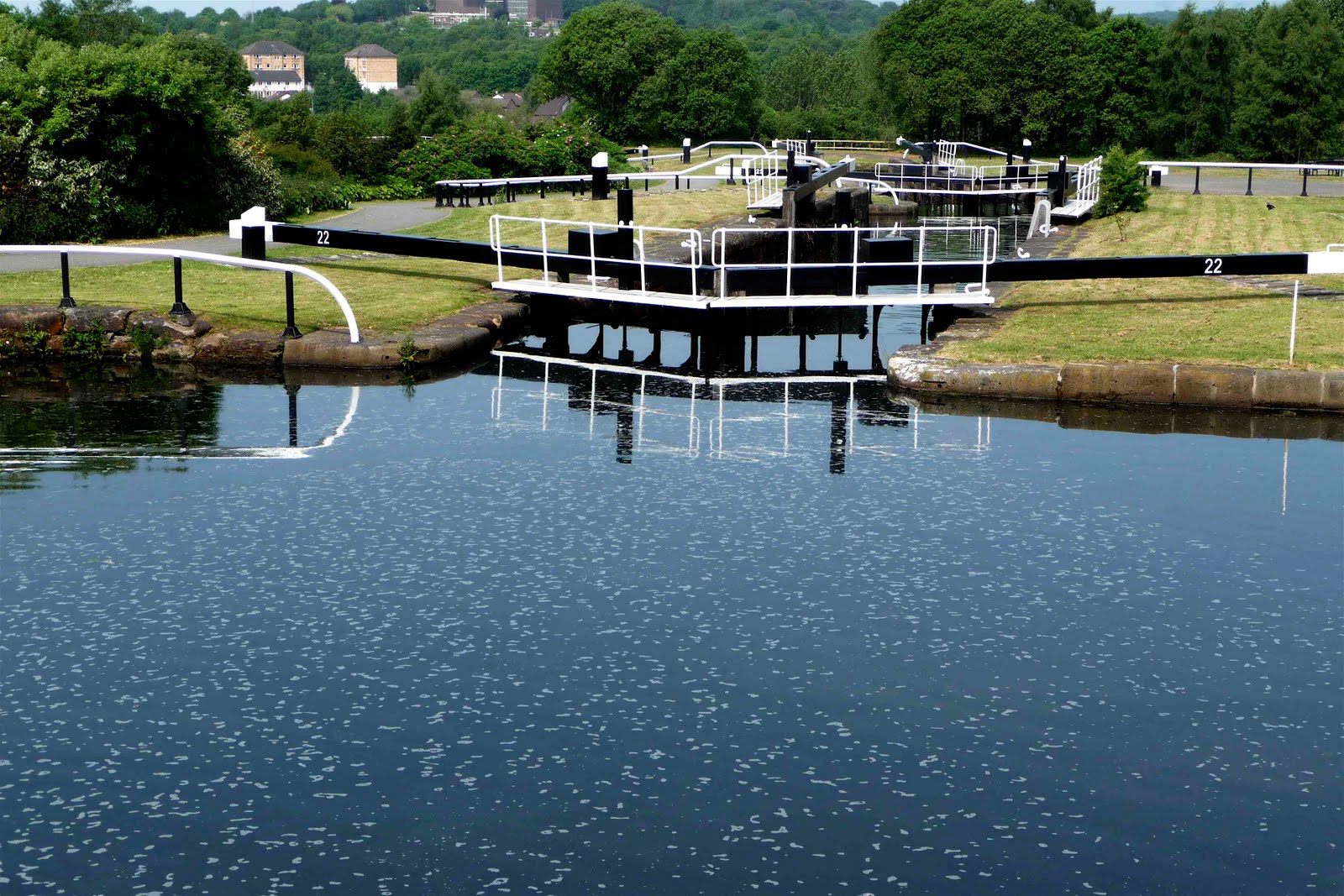
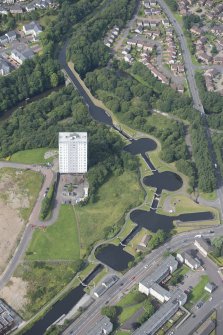
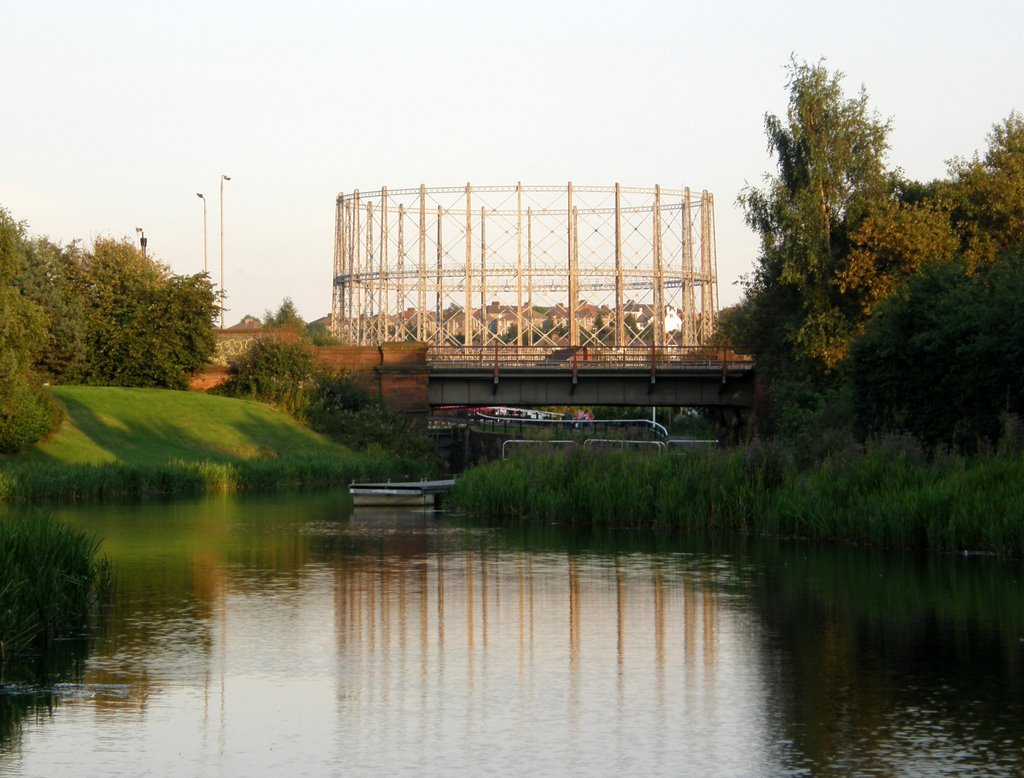
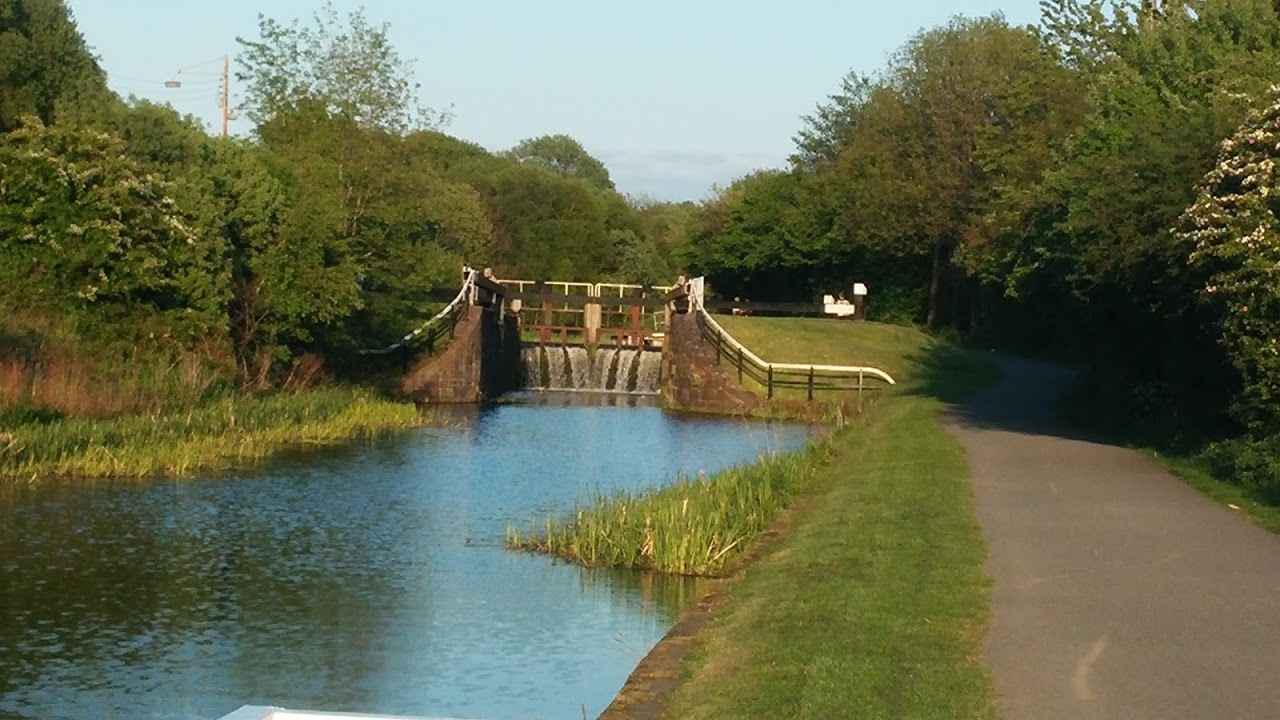
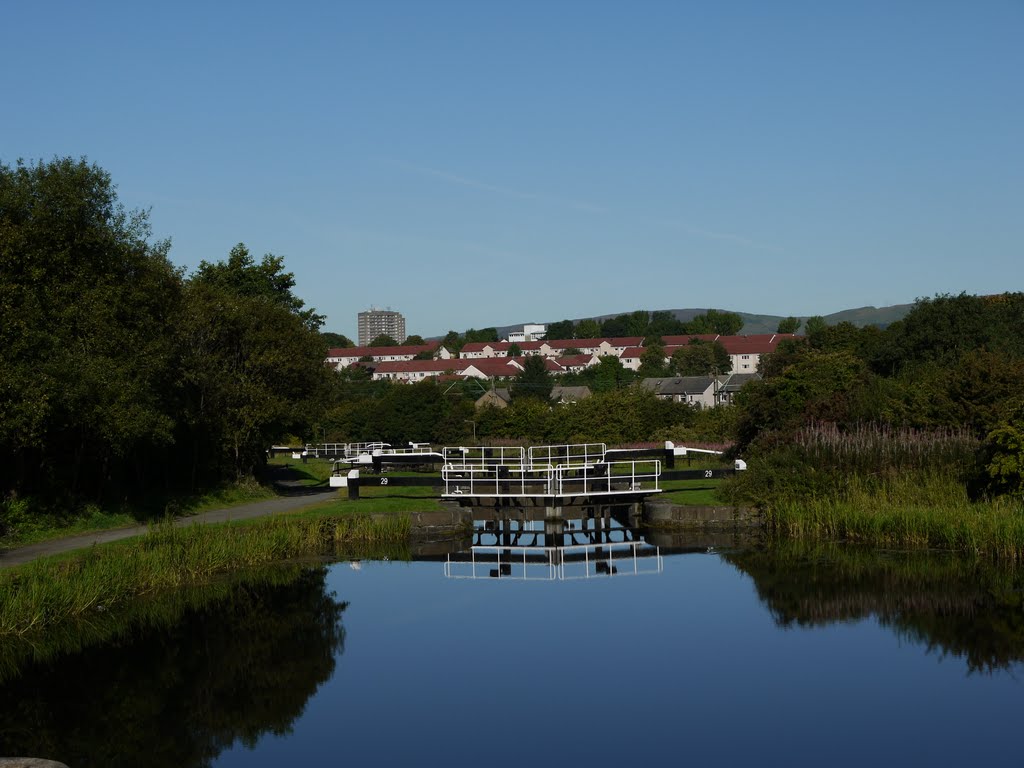
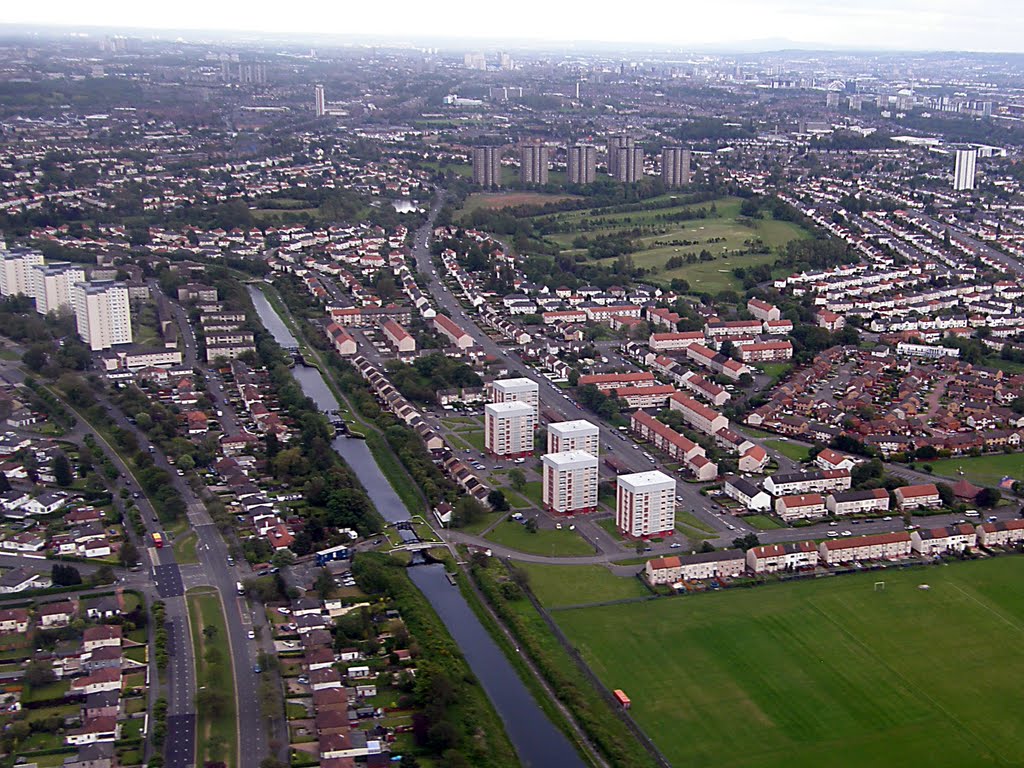
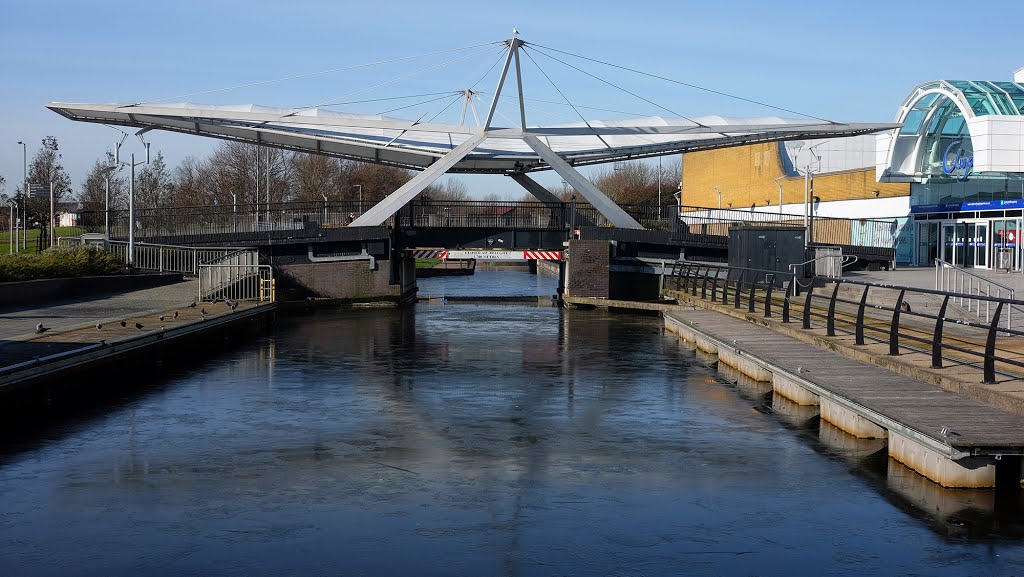
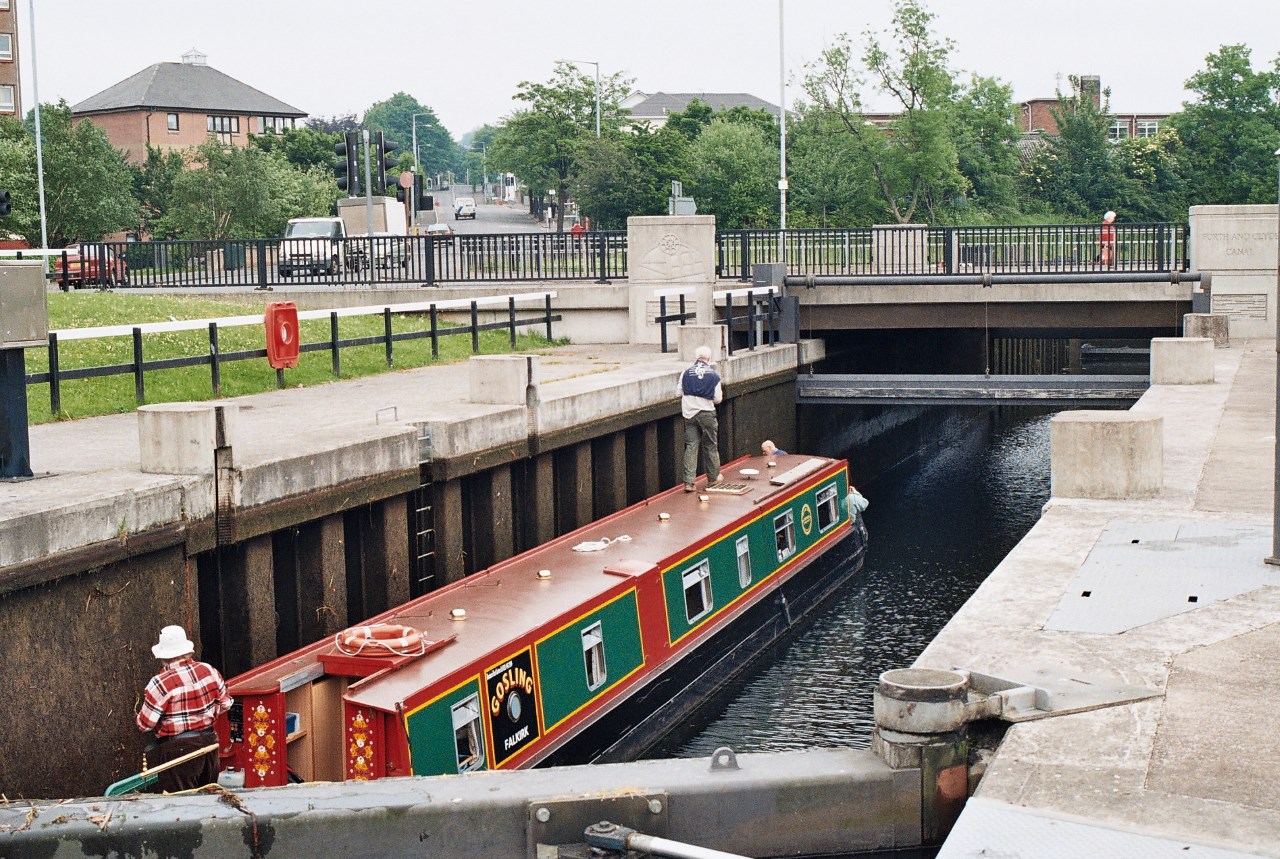
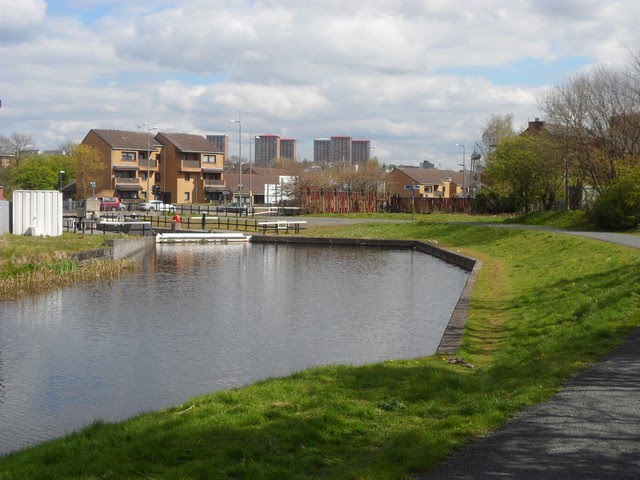
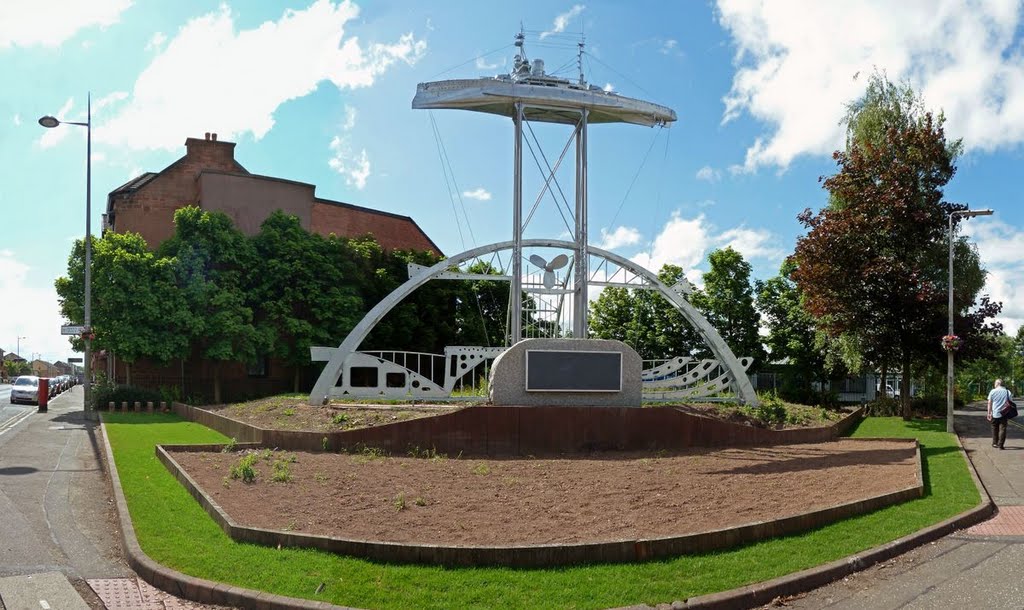

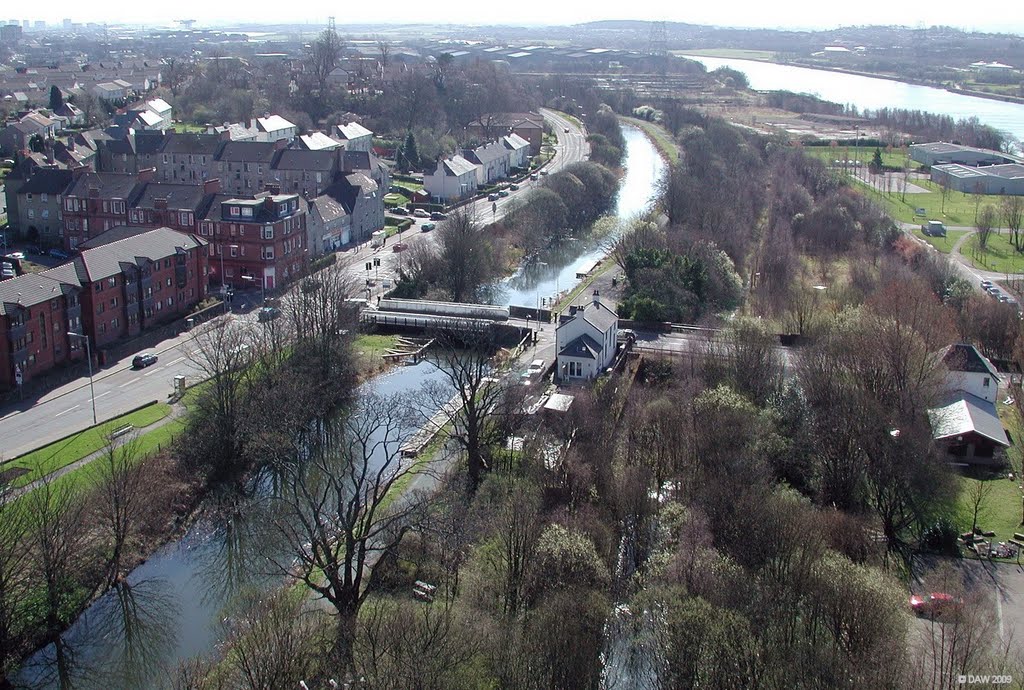
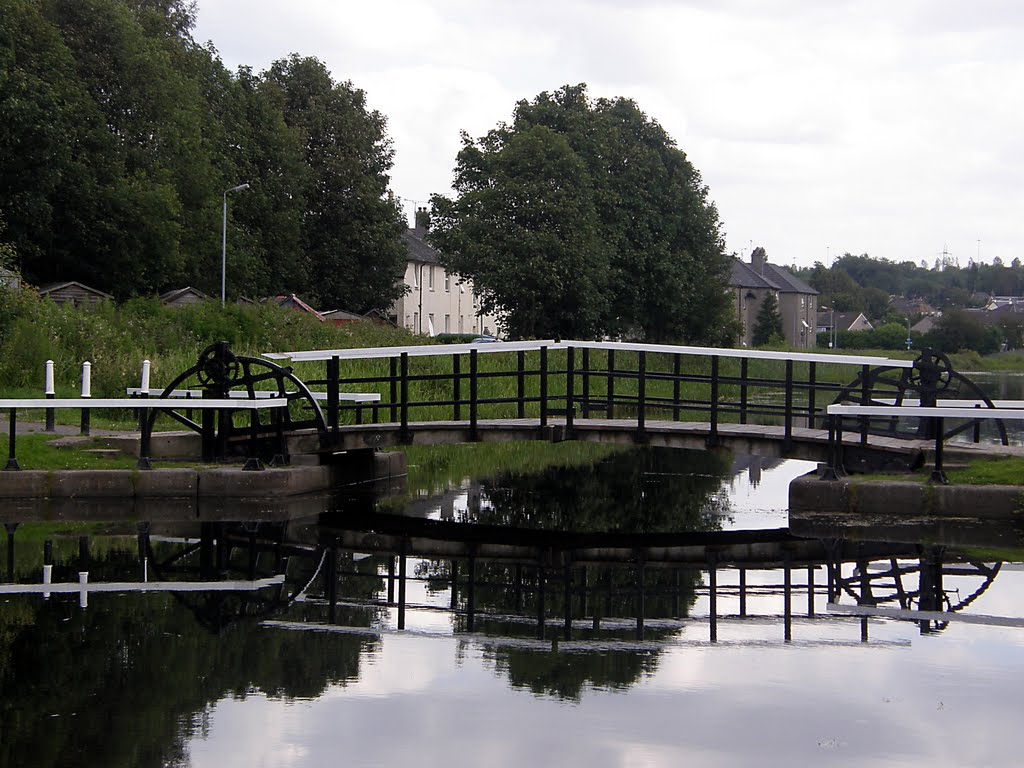
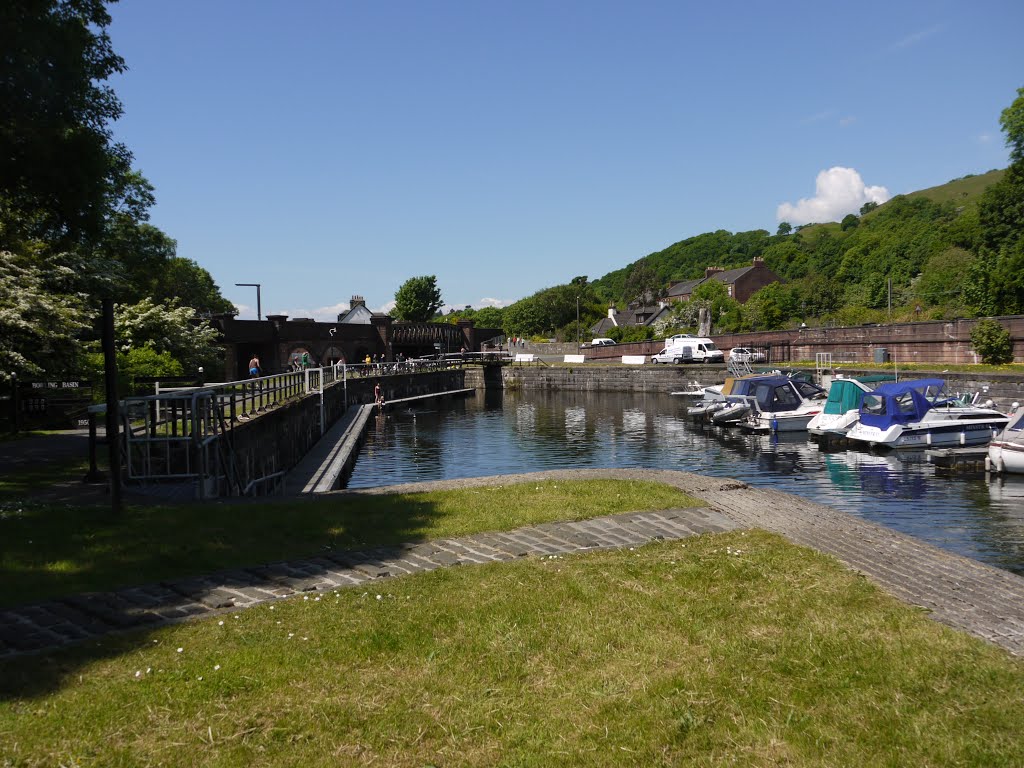
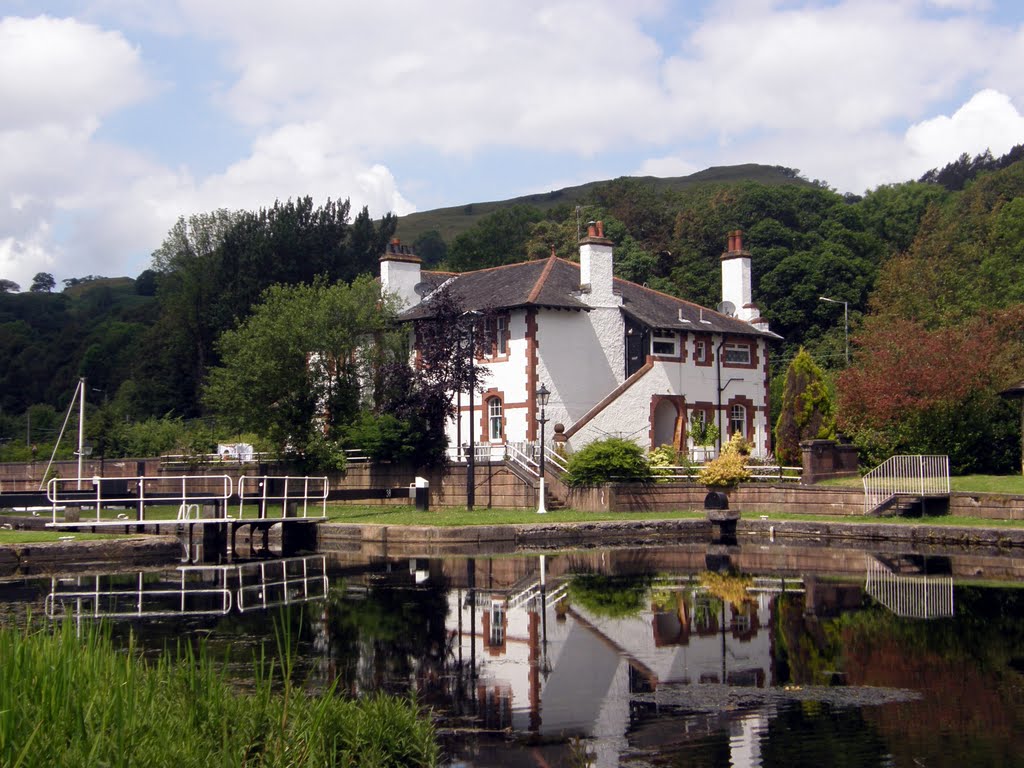
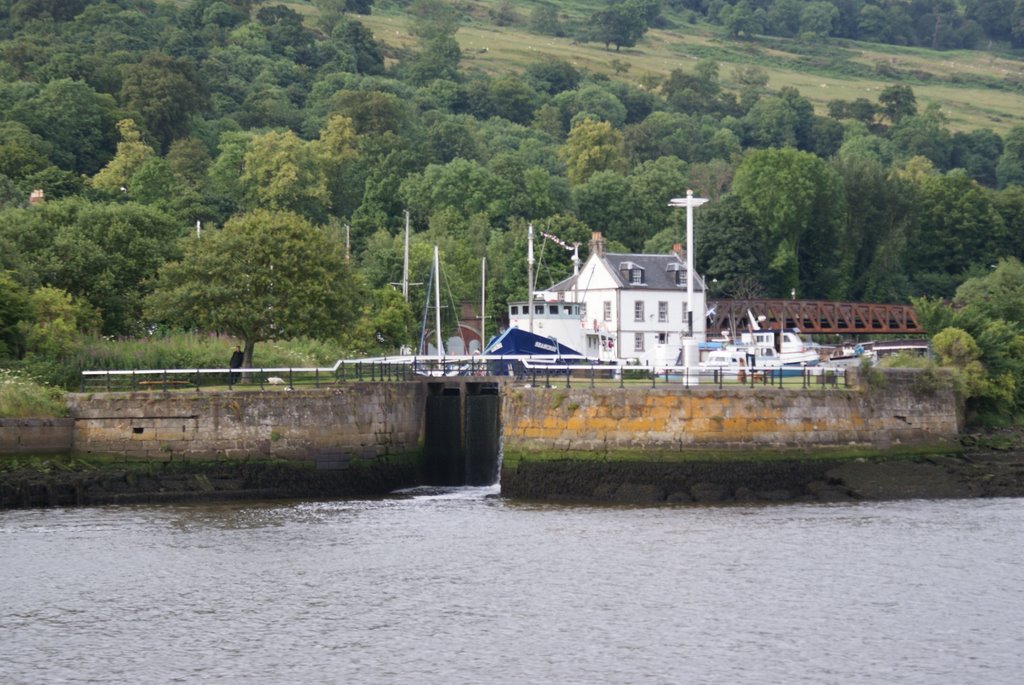
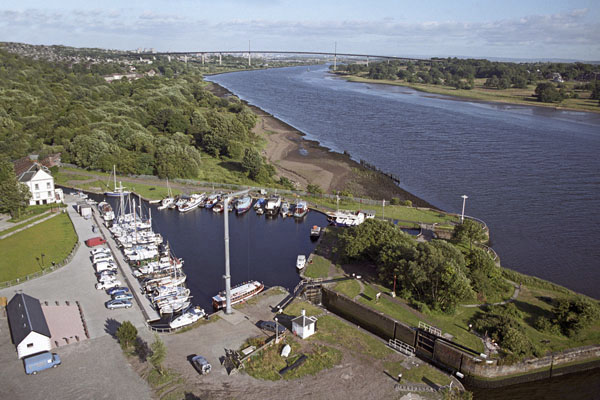
La Rueda de Falkirk Ascensor de Barcos En Escocia Elevador Giratorio
La rueda de Falkirk, es un ascensor para barcos, que se utiliza para salvar un desnivel de 24 m. ( 8 pisos) que tiene el canal en cuestión. En menos de 5 minutos la rueda gira 180º, y eleva las embarcaciones hasta el nivel del canal para continuar su viaje normal hacia destino. Lógicamente fue pensado para elevar barcos de las dimensiones que circulan por la zona, y los límite físicos son: 20 m. de eslora por 4m. de manga.
La Rueda de Falkirk Wheel fue inaugurada por la Reina el 24 mayo de 2002, en el marco de los festejos de su Boda de Oro en la Corona. Los “ascensores” de barcos, existen desde hace tiempo, y por ejemplo en el Canal de Panamá los mismo son elevados mediante la incorporación de agua en cada compartimento a medida que el buque va avanzando, pero un ascensor rotativo, jamás ha sido visto?. El resultado es impresionante , maravilloso y funciona a la perfección. Es la única obra de su tipo en todo el mundo.
Antiguamente en el cinturón central de Escocia, hay dos canales principales, el Canal Forth and Clyde que se abrió en 1790 y permitía a los barcos a navegar las 35 millas entre el río Clyde en Glasgow a la Cuarta enGrangemouth. En el camino se construyeron 40 esclusas y 32 puentes giratorios. El segundo canal principal, elUnion Canal, inaugurado en 1822.
Se inició en Edimburgo, a una altura de 73 m. sobre el nivel del mar, y fue diseñado para atender las necesidades de Falkirk.
Con el tiempo estos canales quedaron en desuso y en 1965 fueron atravesados por carreteras y viviendas, dejándolos inoperantes, pero en 1990 se produjo un resurgimiento del interés en el uso recreativo de estos canales, por lo que nació la idea del “Millenium Link” (Enlace del Milenio) , la renovación completa y unión de ambos canales.
El presupuesto total para el enlace del Milenio fue de £ 84.5 millones , de los cuales £ 32 millones provenían de fondos de la lotería.
La rueda, que tiene un diámetro total de 35 metros, consiste de dos brazos opuestos que se extienden 15 metros a partir del eje y están situados a unos 25 metros uno del otro sobre un eje de 3,5 metros de diámetro. Dos canastas o cajones diametralmente opuestos, con capacidad de 300 metros cúbicos cada uno, llenos de agua, se encuentran en el centro de cada orificio de los brazos. Estos cajones a medida que el gran brazo gira sobre su eje horizontal, siempre se mantienen horizontales, debido a que apoyan sobre un sistema de rodamientos. Lo curioso es que todo este proceso lo hace en pocos minutos y gastando relativa poca energía.
Fue construida por Butterley Engineering, dentro del Plan Milenio para reconectar los ya citados canales, básicamente para uso recreativo. Como dijimos antes, ambos canales ya estaban conectados por una serie de 11 esclusas, pero en los años 1930 cayeron en desuso y se rellenaron de tierra para otros usos.
http://historiaybiografias.com/rueda_kalkirk/
https://es.wikipedia.org/wiki/Rueda_de_Falkirk
https://www.waterways.org.uk/waterways/canals_rivers/forth_clyde_canal/forth_clyde_canal
http://gkitch.blogspot.com.es/2010/06/forth-clyde-canal.html
http://janetthehappywanderer.blogspot.com.es/2014/10/walking-along-two-of-languid-canals-of.html
http://www.197aerial.co.uk/forth_and_clyde_canal.htm
http://www.forthandclyde.org.uk/
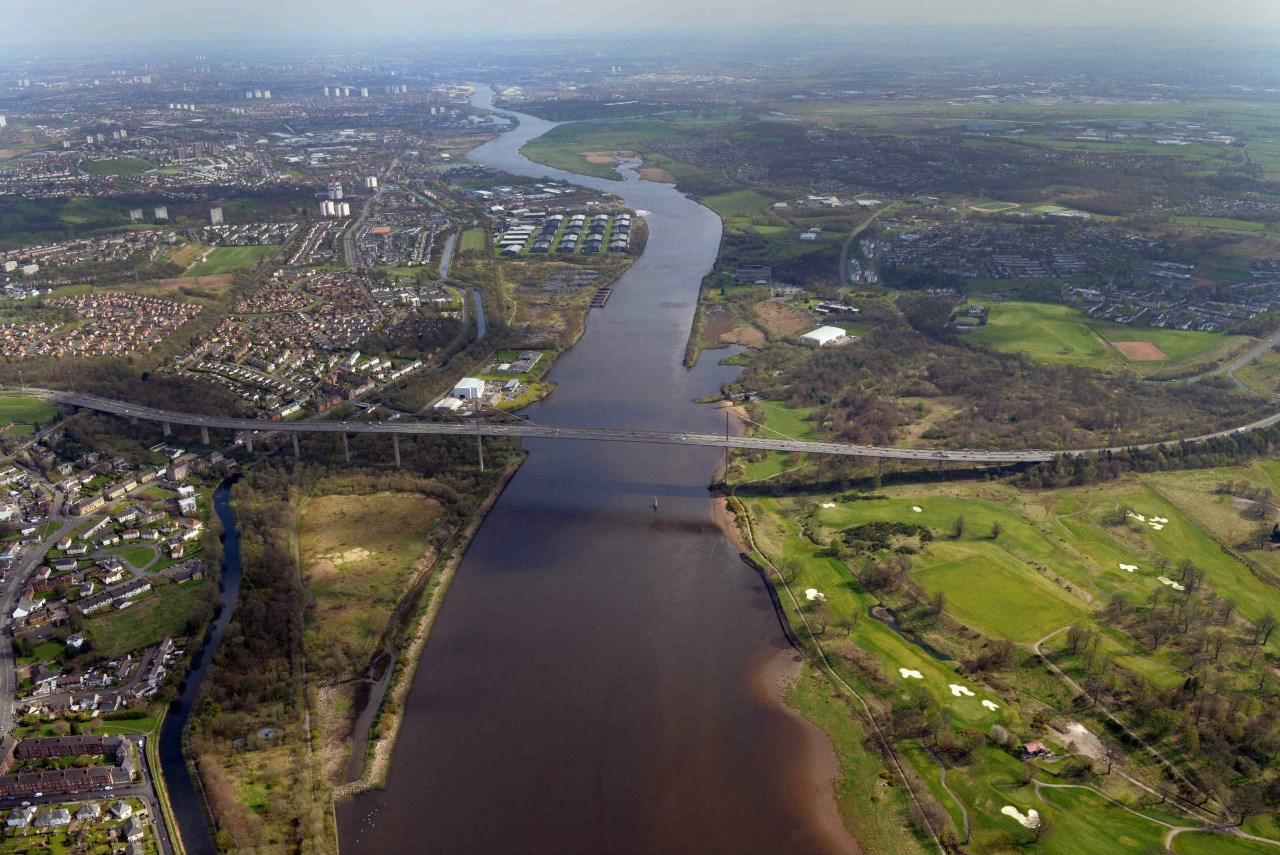
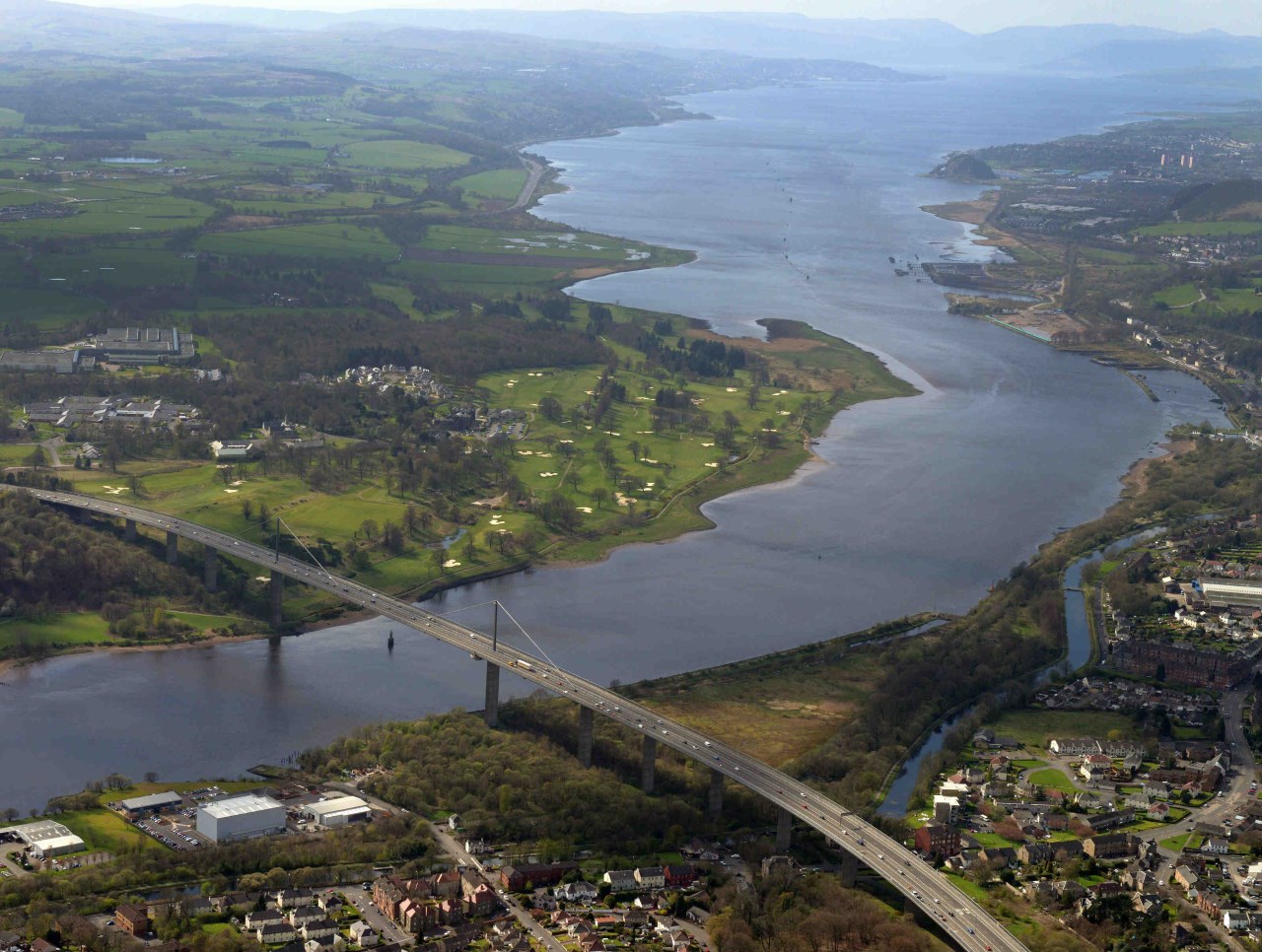
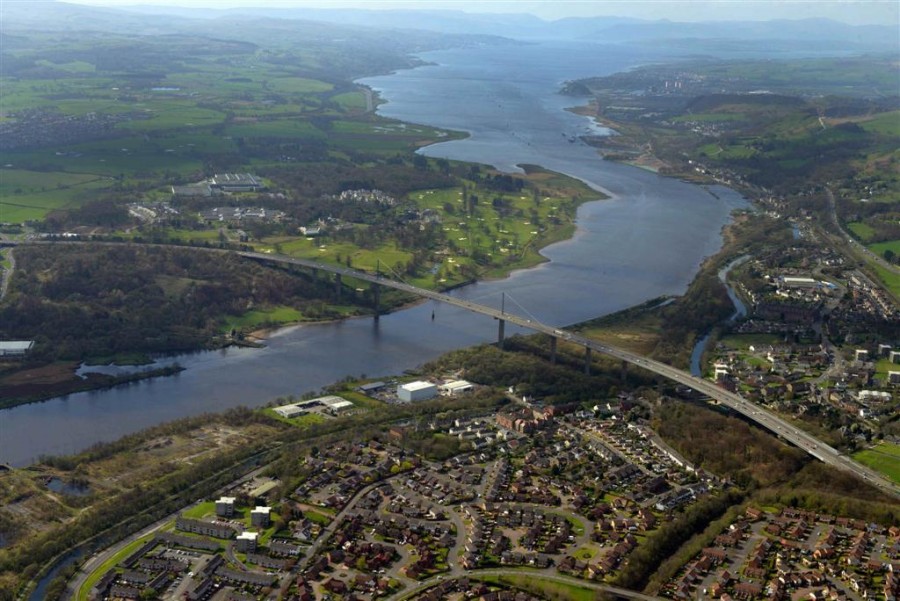

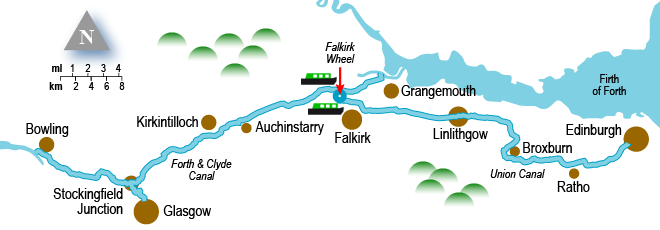
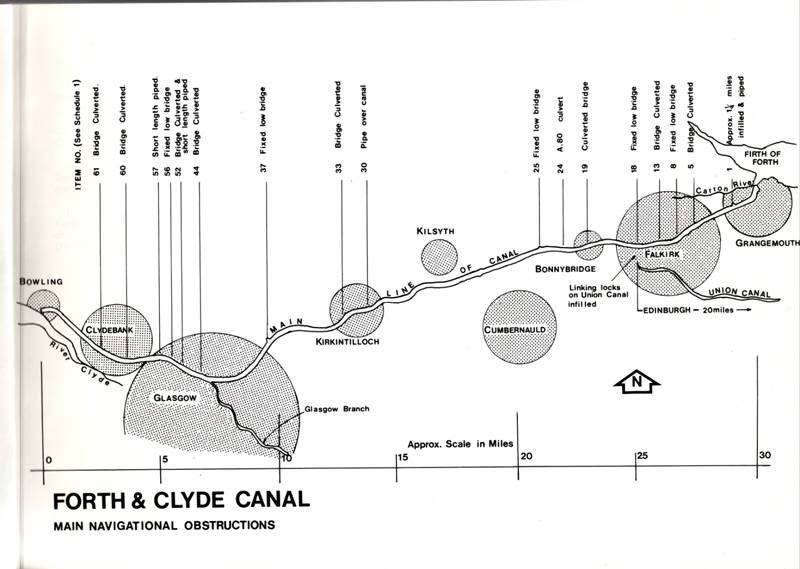
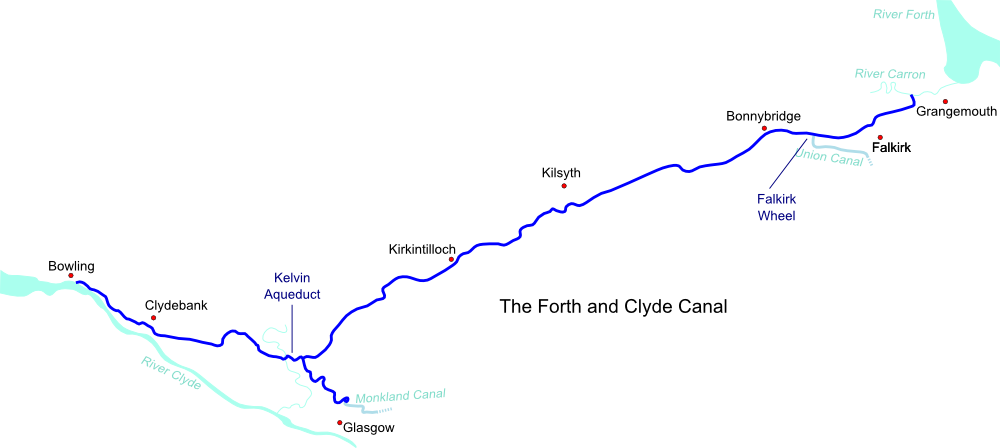
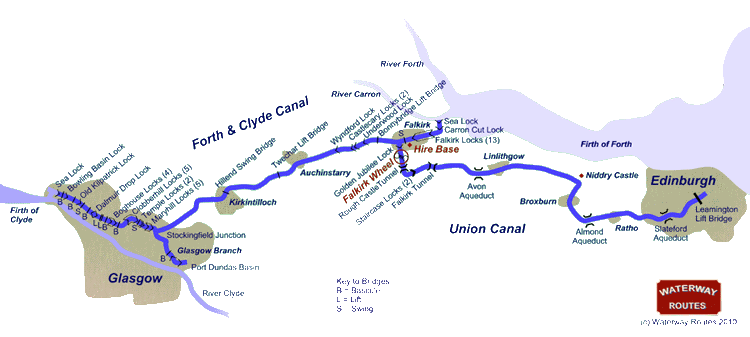
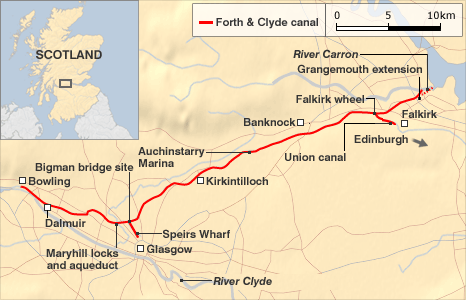
Vídeo:
Web recomendada: http://www.canaljunction.com/canal/forth_clyde.htm
Contador: 6639
Inserción: 2016-06-08 16:50:49
Lugares a visitar en un radio de 100 km (en línea recta)
Mapa de los lugares a 100 km (en línea recta)
Mostrando Registros desde el 1 hasta el 0 de un total de 0
Visitas |
Más visitados Basílica de San Marcos 154850 Catedral de Notre Dame (París) 144161 Torre de Pisa 131513 Monte Saint-Michel 100624 Presa de las Tres Gargantas 81436 |
Incorporaciones |
Comentarios hazola Cúpula de la Roca gracias me... gera Buenos Aires las mejores fotos de la mejor ciudad del... Daniel M. - BRASIL San Francisco ... PEQUE Presa Chicoasén SERA QUE ALGUIEN ME PUEDE DAR MAS INFORMACIÓN DE ESTE PROYECTO ESTUDIO EN LA UNACH Y ES PARA UN... Mery Huaca Pucllana Muy interesante, muy buena la información y... |
 Tweet
Tweet


